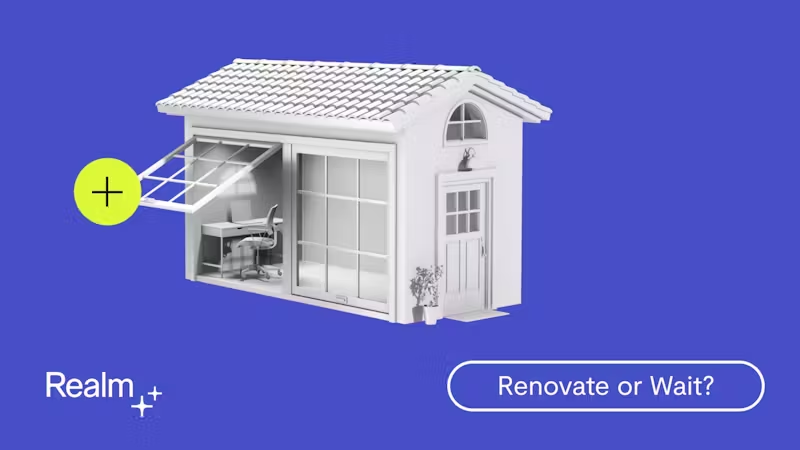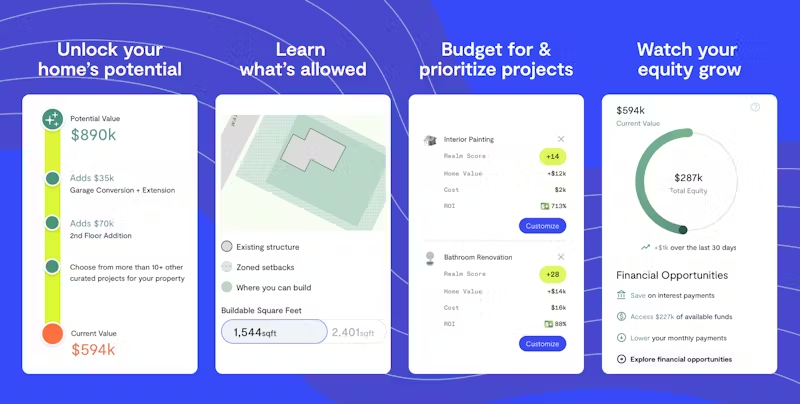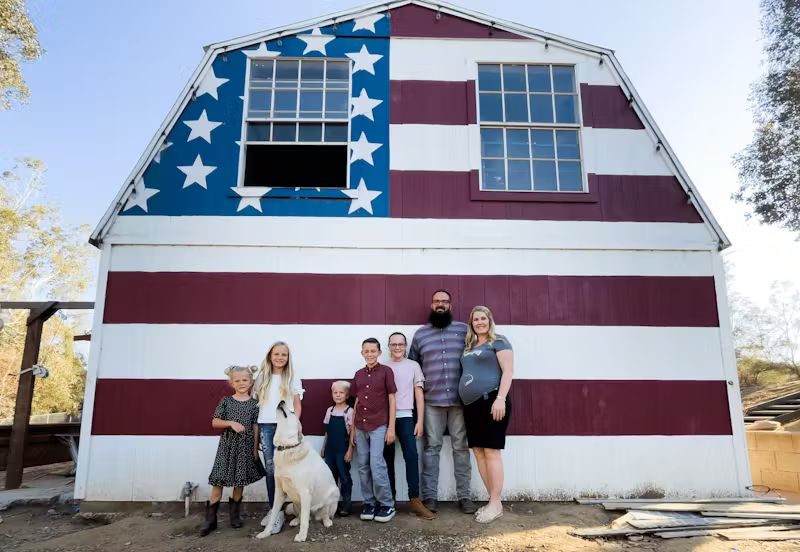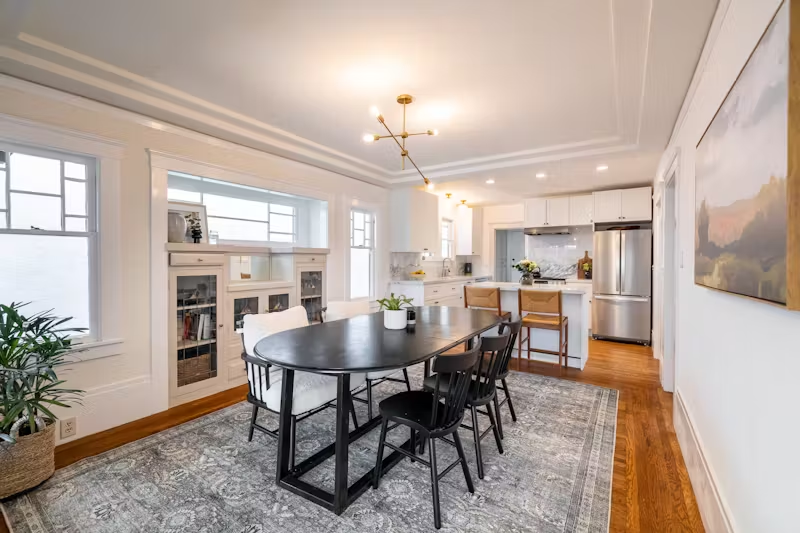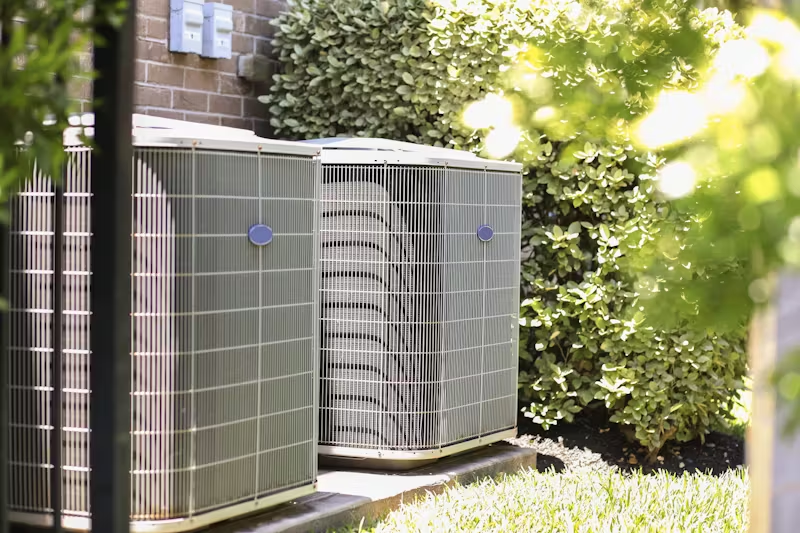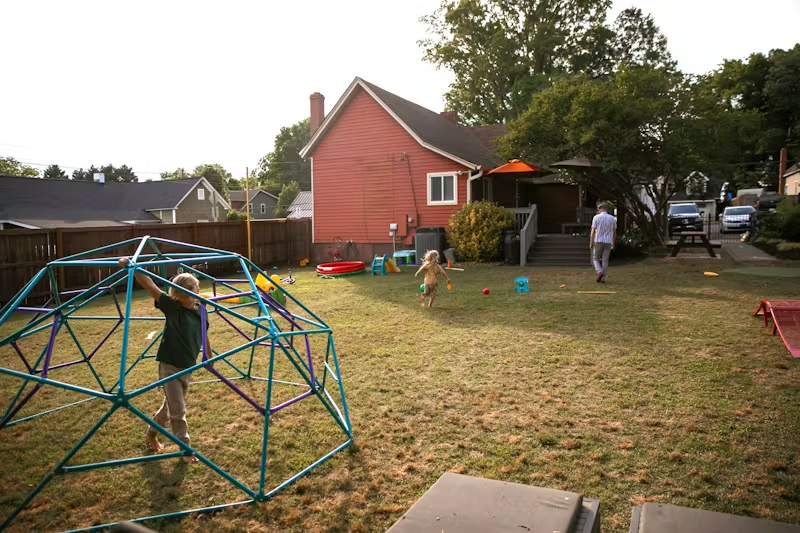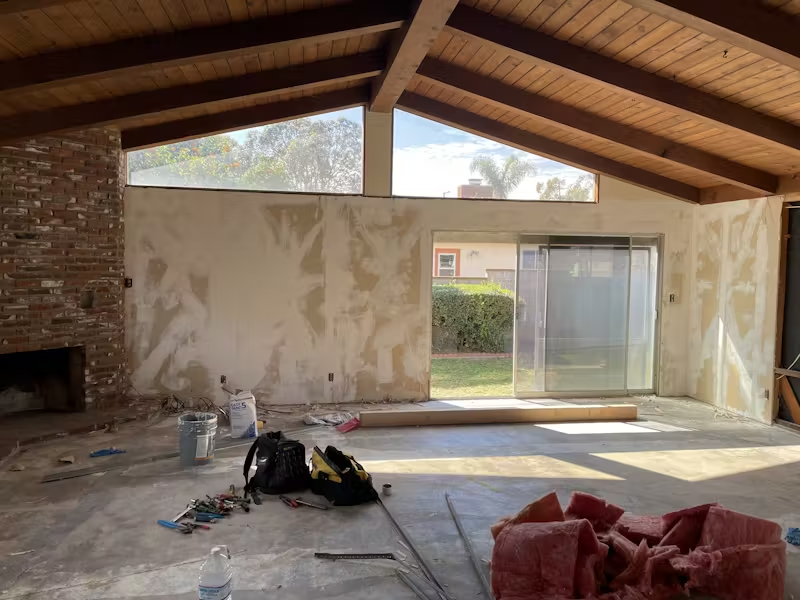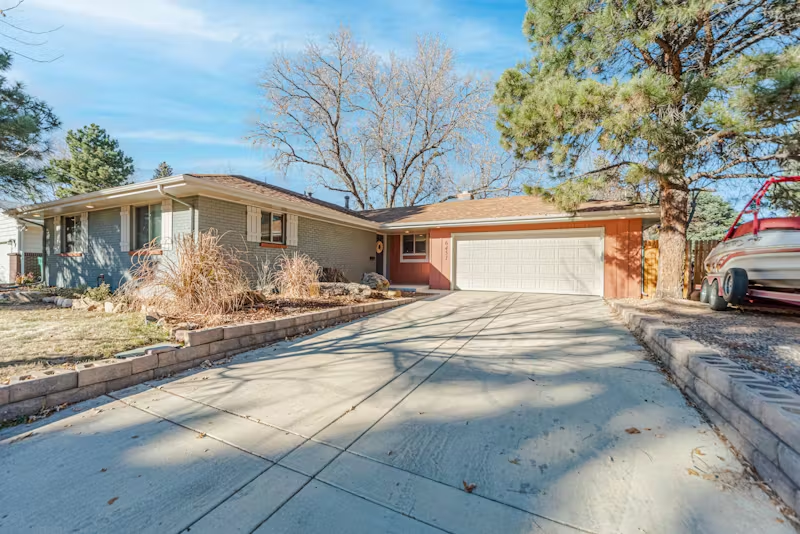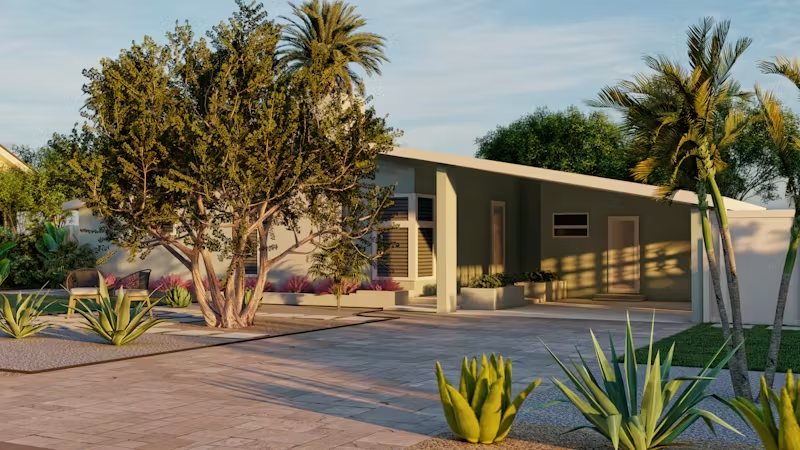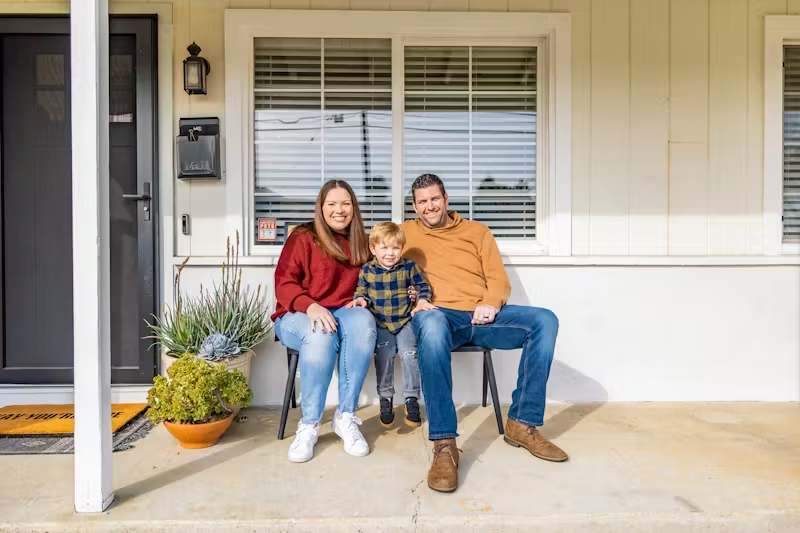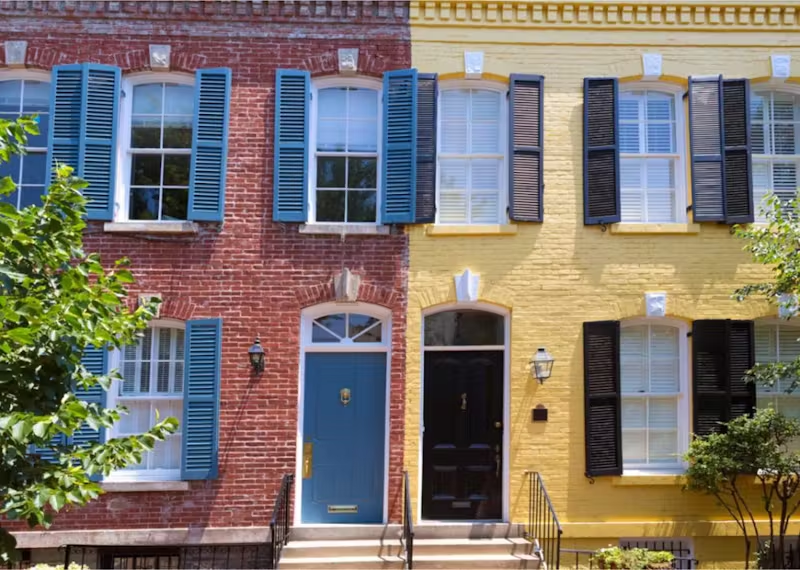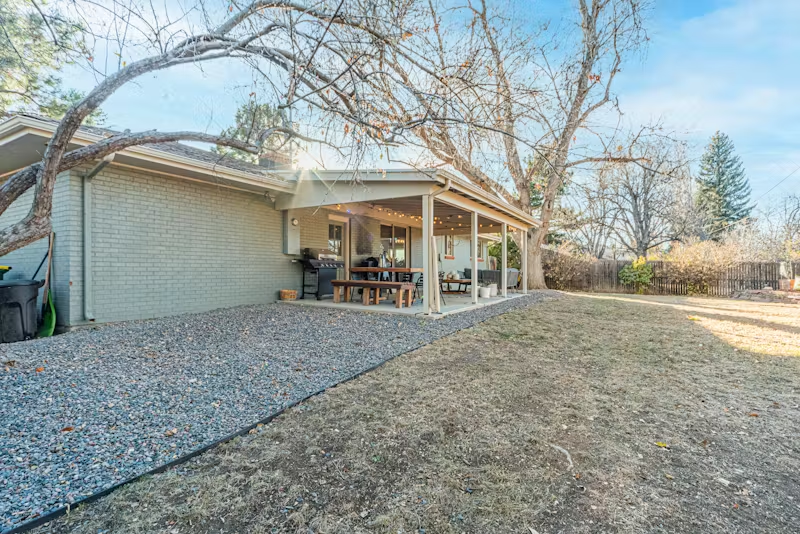What's the Typical Cost to Remodel a Kitchen?
Get the facts on the typical cost to remodel kitchen spaces, with real numbers, cost breakdowns, and tips to help you plan your renovation budget.
|
October 14, 2025
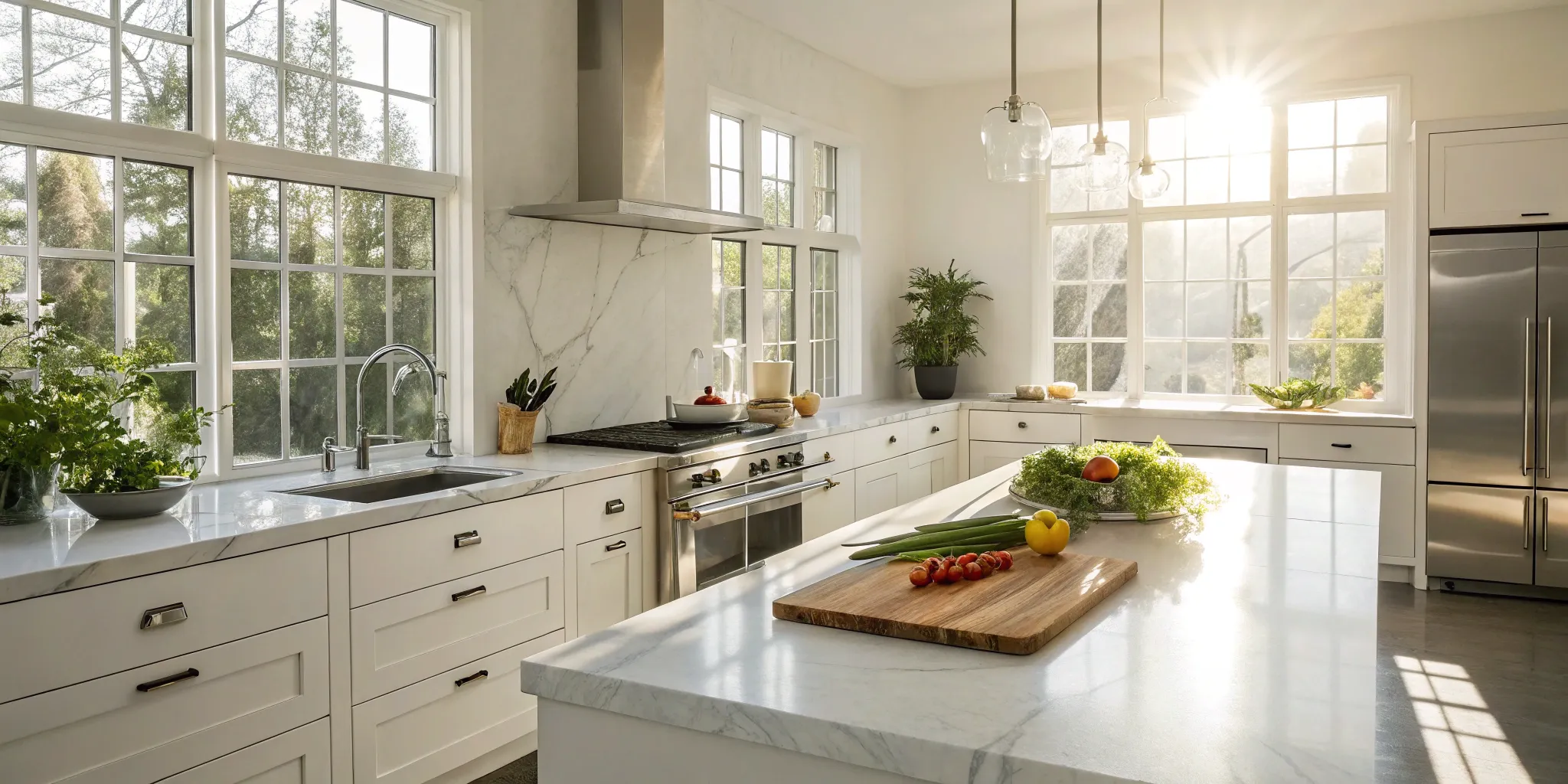
In this article:
If you live on the West Coast, you know that national averages for home renovations don't always apply here. The cost of living in cities like Los Angeles, San Francisco, and Seattle directly impacts everything from labor to materials. A project that costs one price in the Midwest can cost significantly more in our markets. That’s why it’s so important to look at local numbers. This guide focuses on what you can actually expect to pay in your area, explaining how the typical cost to remodel kitchen projects is shaped by our unique regional factors, so you can budget accurately.
Key Takeaways
- Keep Your Layout, Control Your Budget: The most effective way to manage costs is by working within your kitchen's existing footprint. Avoiding the high expense of moving plumbing and electrical lines allows you to invest more in the visible, high-impact elements like quality countertops, cabinets, and appliances.
- Plan for the Unseen Expenses: A successful budget accounts for more than just materials. Always set aside a contingency fund of 10-20% for surprises that can emerge during demolition, like outdated wiring or hidden leaks. This safety net is crucial for keeping your project on track.
- Define Your Priorities Before You Hire: Create a clear list of "must-have" features versus "nice-to-haves" to guide your spending. This focus helps you get detailed, comparable quotes from multiple vetted contractors, ensuring you hire the right team to bring your most important goals to life without overspending.
How Much Does a Kitchen Remodel Really Cost?
Let’s get straight to the point: trying to find a single, solid number for a kitchen remodel can feel impossible. You’ll see ranges from a few thousand dollars to figures that look more like a down payment on a house. The honest answer is that the cost truly depends on what you’re planning. The final price tag is a mix of your kitchen’s size, the scope of the work, the materials you choose, and where you live. Think of it less like buying a product off the shelf and more like commissioning a custom piece of art—every detail influences the outcome.
But "it depends" isn't a helpful answer when you're trying to build a budget. So, let's break down the numbers to give you a much clearer picture of what to expect. Whether you're dreaming of a simple refresh or a full-scale transformation, understanding the typical costs is the first step. It’s about finding the right balance between your vision and your budget, and knowing where your money is going is key to making smart decisions. With a customized plan, you can see exactly how these variables come together for your specific project, taking the guesswork out of the equation and giving you the confidence to move forward.
The National Average
To get our bearings, let's start with the national averages. Most homeowners in the U.S. spend somewhere between $10,000 and $60,000 on a kitchen remodel. A minor cosmetic update—think painting cabinets and swapping out a faucet—will land on the lower end of that spectrum. On the other hand, a major, upscale renovation with high-end appliances, custom cabinetry, and a new layout can easily exceed $150,000. These numbers are a helpful starting point, but remember they represent a huge variety of projects across many different markets.
How Your Location Affects Price
Where you live plays a huge role in your total renovation cost. If you’re in a major metropolitan area like Los Angeles, San Francisco, or Seattle, you can expect to pay more than the national average. The higher cost of living in these cities directly impacts the two biggest expenses in any remodel: labor and materials. Sourcing materials and hiring skilled contractors simply costs more in California and other West Coast hubs. That’s why a project that costs $40,000 in the Midwest might cost $60,000 or more here.
Breaking Down Costs by Project Size
The scope of your project is the biggest factor you can control. A minor kitchen remodel, which typically costs between $30,000 and $50,000, focuses on cosmetic updates. This could include refacing cabinets, installing new countertops, updating the backsplash, and adding new light fixtures, all while keeping your existing layout. A full or major remodel involves a complete overhaul—new cabinets, appliances, flooring, and potentially changing the layout itself. These projects often start around $50,000 and can go up significantly depending on your material choices and the complexity of the design.
What Determines Your Kitchen Remodel Cost?
Figuring out a kitchen remodel budget can feel like trying to hit a moving target. The final price tag isn’t a single number but a combination of several key decisions you’ll make along the way. From the square footage you’re working with to the style of cabinet pulls you choose, every detail plays a role. Understanding these factors is the first step to creating a realistic budget and a kitchen you’ll love without any financial surprises. Let’s break down the main elements that will shape your total investment.
Your Kitchen's Size and Layout
It makes sense that the bigger your kitchen, the more it will cost to renovate—more floor space means more materials and more hours of labor. But it’s not just about size. Your kitchen’s layout is a huge cost driver. If you plan to keep your existing footprint—meaning your sink, appliances, and walls stay where they are—you’ll save a significant amount of money. The moment you decide to move plumbing for a new island sink or take down a wall to create an open-concept space, the project's complexity and cost increase substantially. A customized renovation plan can help you visualize these changes and understand their impact on your budget from the start.
The Quality of Your Materials
This is where you have the most control over your budget. The materials you select can cause your costs to swing dramatically. For instance, laminate countertops are a fraction of the price of high-end marble or quartz. The same goes for flooring, backsplashes, and lighting fixtures. Cabinets are typically the single most expensive item in a kitchen remodel, with options ranging from affordable, off-the-shelf stock cabinets to fully custom creations. Making thoughtful choices here allows you to splurge on what matters most to you and save on the things that are less of a priority.
Labor and Installation Fees
Unless you’re a seasoned DIY pro, you’ll be hiring skilled tradespeople to bring your vision to life, and their expertise is a major part of your budget. Labor costs depend entirely on the scope of your project. A simple refresh that involves painting cabinets and replacing a faucet will require far less labor than a full gut renovation needing a general contractor, plumber, electrician, and tiler. The more complex the job, the higher the labor fees will be. This is why finding reliable, vetted contractors is so important—you want to ensure you’re paying for quality work that will last.
Your City's Permit Requirements
Depending on where you live and the scale of your remodel, you may need to secure permits from your local building department. Projects that involve changing the structure of your home, moving electrical wiring, or altering plumbing lines almost always require a permit. The fees for these permits are a direct cost, but the process can also add to your timeline. Delays in permit approval can sometimes push back your start date, so it’s crucial to factor this administrative step into your schedule. Working with a professional who understands local codes can make this process much smoother.
The Complexity of Your Design
Beyond the basic layout, the specific design elements you choose can add layers of complexity and cost. Are you dreaming of an intricate herringbone tile backsplash? Or perhaps a custom-built range hood as a statement piece? These specialized features require more materials and highly skilled labor to install correctly, which will be reflected in the price. Similarly, integrating high-tech smart appliances or sophisticated lighting systems will be more expensive than standard models. Every decision that moves away from a simple, straightforward update toward a more custom and detailed design will influence the final cost.
What Type of Remodel Are You Planning?
The word "remodel" can mean anything from a weekend paint job to a six-month, wall-removing overhaul. Understanding the scope of your project is the first step to creating a realistic budget. Kitchen renovations generally fall into three categories, each with a different price tag and timeline. Figuring out which one fits your goals will help you plan your investment and manage your expectations.
Minor Updates: A Quick Refresh
If your kitchen's layout works well but the style feels a bit dated, a minor refresh might be all you need. Think of this as a cosmetic facelift rather than major surgery. Simple changes like a fresh coat of paint, new cabinet hardware, or an updated light fixture can completely change the feel of the space without the dust and disruption of a full renovation. This approach is perfect for making a big impact on a smaller budget. These types of quick refreshes typically cost between $5,000 and $15,000 and can often be completed relatively quickly, giving you a renewed kitchen in no time.
Mid-Range Remodels: A Balanced Upgrade
This is the most common type of kitchen project, involving significant updates without changing the room's fundamental structure. A mid-range remodel is your chance to replace worn-out cabinets, install durable quartz countertops, add a stylish backsplash, and upgrade to energy-efficient appliances. You might also replace the flooring and update the lighting scheme. This kind of balanced upgrade gives you a brand-new kitchen that functions better and reflects your personal style. It’s a solid investment that dramatically improves your daily life and adds noticeable value to your home.
Major Renovations: A Complete Overhaul
For those dreaming of a total transformation, a major renovation is the way to go. This is where you can truly customize your space by reconfiguring the layout, moving walls to create an open-concept design, or even building an addition. A complete overhaul involves gutting the entire room and starting from scratch with high-end materials, custom cabinetry, professional-grade appliances, and sophisticated design elements. This is the most expensive and time-consuming option, but it allows you to build the exact kitchen you’ve always wanted, tailored perfectly to your family’s needs and lifestyle.
What's the Return on Investment (ROI)?
While you’re building a kitchen for you to enjoy, it’s also smart to think about how it affects your home's value. The return on investment, or ROI, tells you how much of the project's cost you're likely to recoup if you sell your home. Interestingly, smaller projects often have a better ROI. A minor kitchen remodel can add about 96% of its cost back to your home’s value. For a major mid-range remodel, you can expect to see about a 49.5% return. Understanding the potential return on investment helps you make informed decisions, balancing your dream features with smart financial planning.
Where Your Money Goes: A Cost Breakdown
When you see a total renovation cost, it can be hard to picture how it all adds up. Understanding the individual components of your budget is the best way to feel in control of your spending and make smart decisions about where to save and where to splurge. A kitchen remodel budget is a puzzle with many pieces, from the big-ticket items you see every day to the crucial work happening behind the walls. Let's break down where your money is likely to go, so you can plan your project with a clear picture of the expenses involved. This will help you prioritize what matters most to you and ensure there are no major surprises along the way.
Cabinetry and Hardware
Cabinets are the foundation of your kitchen's design and functionality, and they often represent the single largest expense in a remodel. The cost can vary dramatically, from a few thousand dollars for stock options to upwards of $30,000 for fully custom work. The price depends on the material, construction quality, and finish you choose. While it’s a significant investment, high-quality cabinetry sets the tone for the entire space and provides essential storage. Don't forget to budget for hardware—knobs, pulls, and hinges. These small details have a big impact on the final look and can range from budget-friendly to surprisingly pricey designer options.
Countertops and Backsplash
Your countertops are the primary work surface in your kitchen, so they need to be durable enough to handle daily life while complementing your design. This is another area where costs can swing widely based on your material choice. Laminate is a budget-friendly option, while natural stones like marble or quartzite sit at the higher end. A backsplash protects your walls from splashes and splatters but also serves as a major design element. From simple subway tile to intricate mosaics, your backsplash choice contributes to both the material and labor costs of your project, adding another layer to your kitchen's personality.
Appliances and Technology
After cabinets, appliances are typically the next most expensive category in a kitchen remodel. A standard package including a refrigerator, range, dishwasher, and microwave can be found for a reasonable price, but the cost climbs quickly with high-end brands, professional-grade models, and smart technology. Think about how you use your kitchen when making these selections. Do you need a double oven for entertaining or a wine fridge for your collection? Each addition will impact your bottom line. It’s wise to research appliance packages early to get a realistic sense of these costs.
Flooring and Lighting
Flooring needs to be tough, water-resistant, and comfortable to stand on. Materials like hardwood and natural stone are beautiful but come with a higher price tag for both the product and the installation. More affordable and durable options like luxury vinyl tile (LVT) or porcelain tile offer a wide range of styles without breaking the budget. A good lighting plan is also essential and involves more than a single overhead fixture. A layered approach with ambient, task (like under-cabinet lights), and accent lighting creates a functional and inviting space, but it requires more fixtures and electrical work.
Plumbing and Electrical
The work that happens behind the walls is critical to your kitchen’s function. If you’re keeping your current layout, plumbing and electrical costs will be lower. However, if you plan to move your sink, add an island with a prep sink, or install a pot filler, you’ll need a licensed plumber. Similarly, adding new outlets or upgrading your electrical panel requires a qualified electrician. This work often requires permits and inspections to ensure everything is up to code, so it’s not an area where you should cut corners.
Professional Labor
Unless you’re a seasoned DIYer tackling a very minor refresh, you’ll be dedicating a significant portion of your budget to professional labor. This cost covers the expertise of your general contractor, who manages the project, as well as the specialized skills of plumbers, electricians, painters, and installers. While it can be tempting to find the cheapest bid, quality craftsmanship is what ensures your beautiful new kitchen will last for years to come. Working with vetted and experienced professionals is an investment in a smooth process and a high-quality result, protecting you from costly mistakes and delays.
Budgeting for the Unexpected: Common Hidden Costs
Even the most meticulously planned kitchen remodel can have a few surprises. That’s why it’s essential to build a contingency fund into your budget—typically 10% to 20% of your total project cost. This isn't a "nice-to-have"; it's a must-have safety net for those unexpected expenses that pop up along the way. Think of it as insurance for your renovation budget. When you open up walls and floors, you might uncover issues that need immediate attention. Planning for these potential costs from the start keeps your project on track and your stress levels down. Here are some of the most common hidden costs to factor into your budget.
Structural Changes
So, you’ve decided to take down that wall between the kitchen and living room for a beautiful open-concept space. It’s an exciting change, but demolition can reveal surprises hidden behind the drywall. You might discover load-bearing beams that need reinforcement, or plumbing and electrical lines that have to be rerouted. These "unexpected complications," as contractors call them, require extra labor and materials that weren't in the original plan. It’s one of the most common reasons a renovation timeline gets extended and the budget gets stretched. A vetted general contractor can often spot potential issues beforehand, but it’s always wise to be prepared for the unknown.
Bringing Things Up to Code
If you live in an older home, your kitchen’s plumbing and electrical systems might not meet current safety standards. You may not even realize it until you start the renovation. Once walls are opened, any outdated systems you expose must be updated to comply with local building codes. This isn't optional—it's a legal requirement to ensure your home is safe. These updates can involve rewiring outlets, adding new circuits for modern appliances, or replacing old pipes. While it adds to the cost, it also adds significant safety and value to your home, so it’s a necessary and worthwhile investment.
Your Temporary Kitchen
While your dream kitchen is under construction, you still need to eat. This is a practical cost that many homeowners forget to budget for. For weeks, or even months, you’ll be without a functioning stove, sink, or full-sized fridge. This means more money spent on takeout, dining out, or pre-made meals. You might also need to set up a temporary kitchen in another room with a microwave, coffee maker, and mini-fridge. These small expenses can add up quickly, so it’s smart to set aside a separate budget for food and temporary appliances to get you through the renovation period comfortably.
Debris Removal and Cleanup
Demolition is messy work. Tearing out old cabinets, countertops, and flooring creates a surprising amount of debris, and you can’t just leave it on the curb. You’ll need to account for the cost of removing and disposing of all that waste. This usually involves renting a dumpster for the duration of the project or hiring a junk removal service. Your contractor might include this in their quote, but you should always confirm. Daily cleanup to manage dust and dirt is also important for keeping the rest of your home livable, which might involve extra labor or materials.
Permit and Inspection Fees
Most significant kitchen remodels require permits from your local building department. These permits ensure the work is done safely and to code, but they come with fees. The cost varies depending on your city and the scope of your project. Beyond the initial permit fee, you’ll also have to pay for inspections at different stages of the renovation, where a city official checks the electrical, plumbing, and structural work. These fees are a non-negotiable part of the process. Working with an expert who understands local requirements can help you anticipate these costs and avoid delays from incorrect paperwork.
Surprise Issues
This is the catch-all category for the true unknowns that can lurk behind your walls and under your floors. During demolition, your team might uncover problems you had no idea existed, like hidden water damage from a slow leak, a pest infestation, or even mold growing behind the cabinets. These issues have to be addressed immediately before any new work can begin, which can add significant and unplanned costs to your project. This is precisely why a contingency fund is so critical. It gives you the financial flexibility to handle these surprises without derailing your entire renovation.
Smart Ways to Manage Your Budget
A kitchen remodel is a significant investment, but it doesn't have to drain your savings. With some strategic planning, you can create a beautiful, functional space that respects your budget. The key is to be smart about where you spend and where you save. It’s not about cutting corners on quality, but about making informed decisions that give you the most value for your money. From simple layout choices to how you hire professionals, these tips will help you manage your costs effectively and avoid common budget pitfalls.
Keep Your Current Layout
This is one of the biggest money-savers out there. While it might be tempting to move the sink under a window or shift the stove to a new island, relocating plumbing, gas, and electrical lines is a major expense. This kind of work involves opening up walls and floors, which adds significant labor and material costs to your project. By keeping your kitchen’s existing footprint, you can focus your budget on the elements you’ll see and use every day, like new cabinets, countertops, and appliances. A smart renovation plan often starts with working with what you already have.
Choose Cost-Effective Materials
The materials you choose have a huge impact on your final bill. While custom cabinets are beautiful, high-quality stock or semi-custom cabinets can deliver a similar look for a fraction of the price. You can also skip the intricate built-in organizers for now and add them later. The same principle applies to countertops and flooring. Materials like laminate, butcher block, or certain types of tile can offer a high-end look without the premium price tag of marble or exotic hardwood. Doing a little research on material alternatives can lead to big savings, allowing you to allocate funds to other priorities.
Prioritize Your Must-Haves
Before you start shopping, sit down and make two lists: "must-haves" and "nice-to-haves." Your must-haves are the non-negotiable elements—maybe it's a durable quartz countertop because you have kids, or a specific type of gas range because you love to cook. The nice-to-haves are the things you'd love but could live without, like a pot filler or under-cabinet lighting. This simple exercise helps you focus your spending on what truly matters to you. When you get quotes, you can see the cost of each item and decide where to invest and where to pull back. A dedicated advisor can help you work through these priorities to ensure your budget reflects your goals.
Phase Your Project
Who says you have to do everything at once? If your dream kitchen is just outside your current budget, consider breaking the project into phases. You could start with the essentials, like cabinets, countertops, and appliances, to make the kitchen functional. Then, in a year or two, you can tackle phase two: adding a new backsplash, installing custom lighting, or upgrading the flooring. Phasing your remodel allows you to pay for it over time without going into debt or compromising on your long-term vision. It’s a practical approach that makes a major renovation feel much more manageable financially.
Get Multiple Contractor Quotes
Don't just go with the first or cheapest contractor you find. It's essential to get at least three detailed quotes from different, well-vetted professionals. A low bid might be tempting, but it could signal inexperience, low-quality materials, or hidden costs that will pop up later. A good quote will break down all the costs for labor and materials and include a clear timeline. When you interview contractors, ask about their experience with projects like yours and check their references. Finding the right partner is crucial, which is why Realm helps homeowners connect with a network of trusted vendors who are known for their quality and reliability.
Plan Your Kitchen Investment with Confidence
A successful kitchen remodel is all about smart planning. It’s a big investment of both time and money, so going in with a clear strategy is the best way to get the beautiful, functional space you want without the stress. Thinking through these key areas before you start will help you feel prepared and in control from the initial design sketches to the final walkthrough. It’s about making informed decisions that align with your budget, your lifestyle, and your long-term goals for your home.
Balancing Quality and Cost
The first question everyone asks is, "How much will this cost?" The honest answer is: it depends. The final price tag is tied to the scope of your project and the size of your kitchen. A minor refresh with new paint and hardware might cost around $27,000, while a major, down-to-the-studs renovation with high-end finishes can easily exceed $150,000. The key is to find the right balance for your budget. Think about where you want to splurge (maybe on durable quartz countertops) and where you can save (perhaps with more affordable cabinet hardware). A clear customized plan helps you see exactly where your money is going and make trade-offs that feel right.
Prioritizing Design and Function
Before you fall in love with a specific tile or appliance, take a step back and think about how you actually use your kitchen. Are you constantly bumping into your partner while one of you is at the sink and the other is at the stove? Is there never enough counter space next to the fridge? Answering these questions helps you prioritize function in your design. A great layout that supports your daily routine is more valuable than any single design trend. Making smart choices now, like adding a prep sink to an island or ensuring your trash and recycling bins are conveniently located, will create a kitchen that truly works for your family.
Setting a Realistic Timeline
Here’s a piece of advice every renovation veteran will give you: it will probably take longer than you think. While it’s frustrating, it’s also realistic. Delays are common and can happen for all sorts of reasons, from waiting on a permit to discovering unexpected plumbing issues once a wall is opened up. Building some buffer time into your schedule from the start will save you a lot of anxiety. If your contractor estimates three months, it’s wise to mentally prepare for four. This gives you and your team the breathing room to handle surprises without derailing the entire project.
Finding the Right Professionals
Your contractor and their team will be a huge part of your life during the renovation, so finding the right fit is crucial. You need someone whose work you trust and whose communication style works for you. It’s always a good idea to speak with several contractors, check their references, and look at their past projects. This process can feel overwhelming, which is why Realm connects homeowners with a network of reliable, vetted contractors who are right for their specific project. Having an expert on your side ensures you’re working with professionals who can deliver on your vision, on time and on budget.
Building Your Contingency Fund
Think of a contingency fund as your project’s built-in safety net. This is money—typically 10% to 20% of your total budget—that you set aside specifically for unexpected costs. It’s not a “nice-to-have”; it’s a necessity. This fund covers the surprises that inevitably pop up, like finding old wiring that needs to be brought up to code or deciding you want to upgrade your faucet at the last minute. Underestimating the total cost is a common misstep, but having this buffer ensures that a small issue doesn’t force you to compromise on your must-haves later on.
Frequently Asked Questions
What's the very first step I should take to start planning my budget? Before you even think about materials or contractors, the best first step is to get clear on your goals. Sit down and make a list of what isn't working in your current kitchen. Is it a lack of counter space, poor lighting, or outdated appliances? This list of functional needs becomes your guide for where to invest your money. Once you know what problems you need to solve, you can start creating a realistic budget that prioritizes those solutions, ensuring the final result isn't just beautiful but truly works for your life.
How much should I really set aside for unexpected costs? You should plan on setting aside 10% to 20% of your total project cost for a contingency fund. This might feel like a lot, but it’s the most important part of your budget. This fund isn't for splurging on a nicer faucet last minute; it's a safety net for the true unknowns that can pop up once walls are opened, like finding old wiring that needs updating or a hidden leak that must be fixed. Having this buffer prevents a small surprise from forcing you to make big compromises on your must-haves later on.
How long should I expect my kitchen to be out of commission? The timeline really depends on the scope of your project. A simple cosmetic refresh might only take a couple of weeks. However, a full renovation that involves changing the layout, moving plumbing, and getting permits can easily take three to five months from the first day of demolition to the final touches. It's always wise to ask your contractor for a detailed schedule and then add a few weeks of buffer time for your own peace of mind.
Is it possible to get a high-end look without the high-end price tag? Absolutely. The key is to be strategic about where you spend your money. You can create a luxe feel by splurging on the things you see and touch most, like durable quartz countertops or statement hardware, while saving on things that are less noticeable. For example, you can choose high-quality stock cabinets instead of custom ones or select a beautiful but affordable porcelain tile for your backsplash. Making smart trade-offs like these allows you to achieve a polished, expensive look that still respects your budget.
Why does moving my sink or stove cost so much more than just replacing them? Keeping your kitchen's existing layout is one of the most effective ways to manage your budget because moving major fixtures is a complex job. Relocating a sink involves rerouting plumbing lines within your walls and floors, while moving a gas stove requires a licensed professional to safely run new gas lines. This work adds significant labor costs, requires more materials, and often triggers the need for additional permits and inspections, all of which add up quickly.






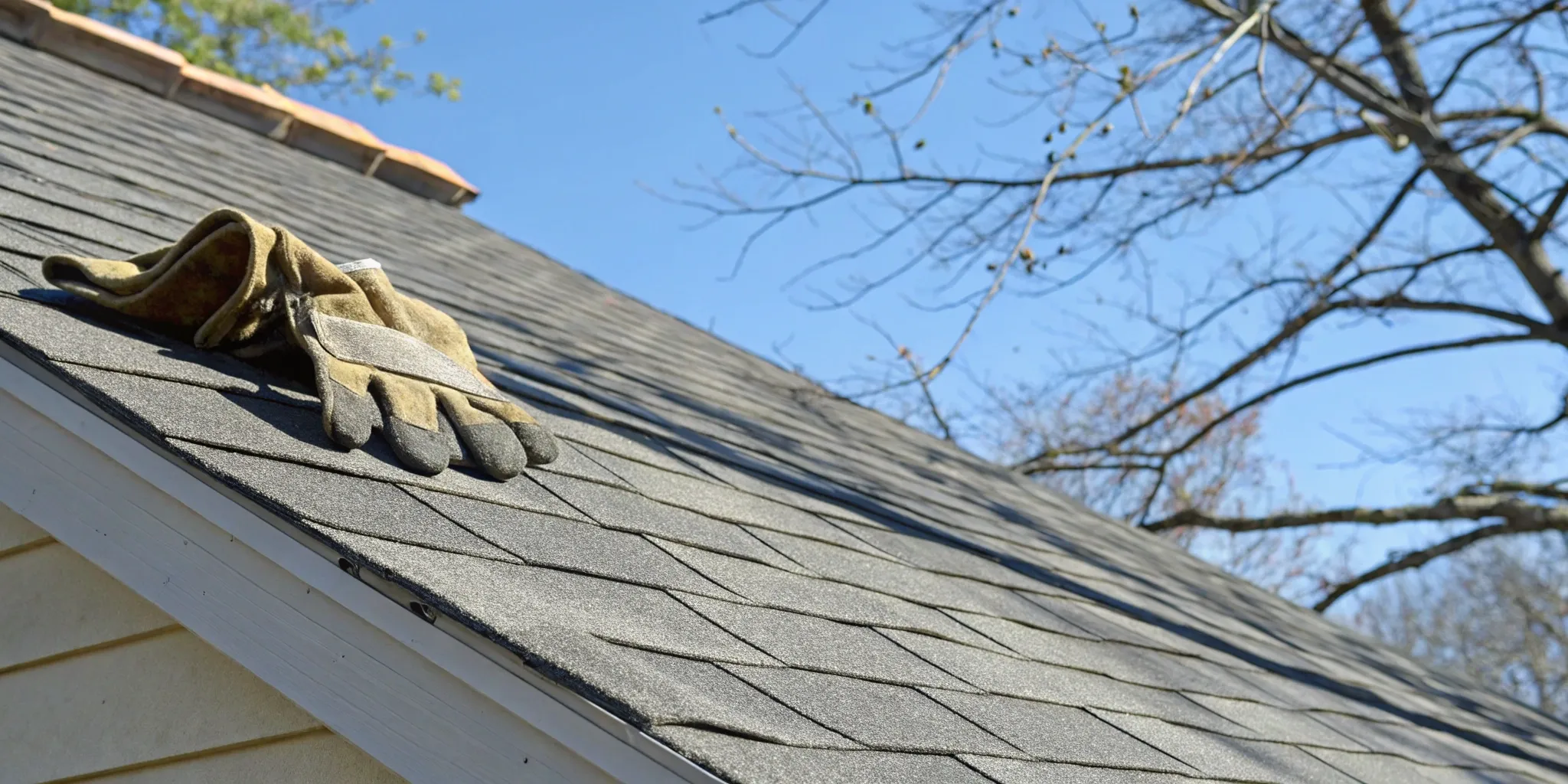
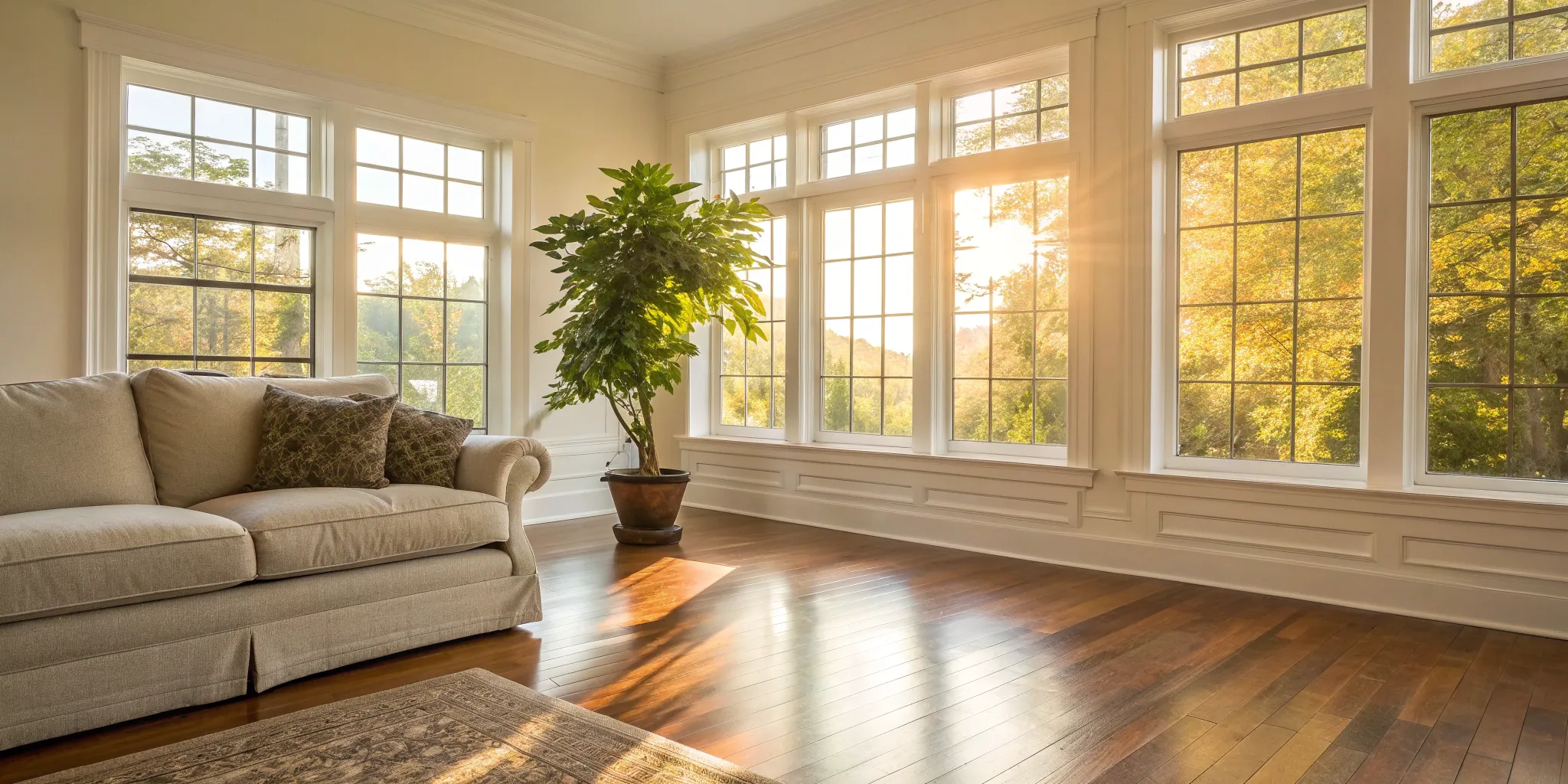

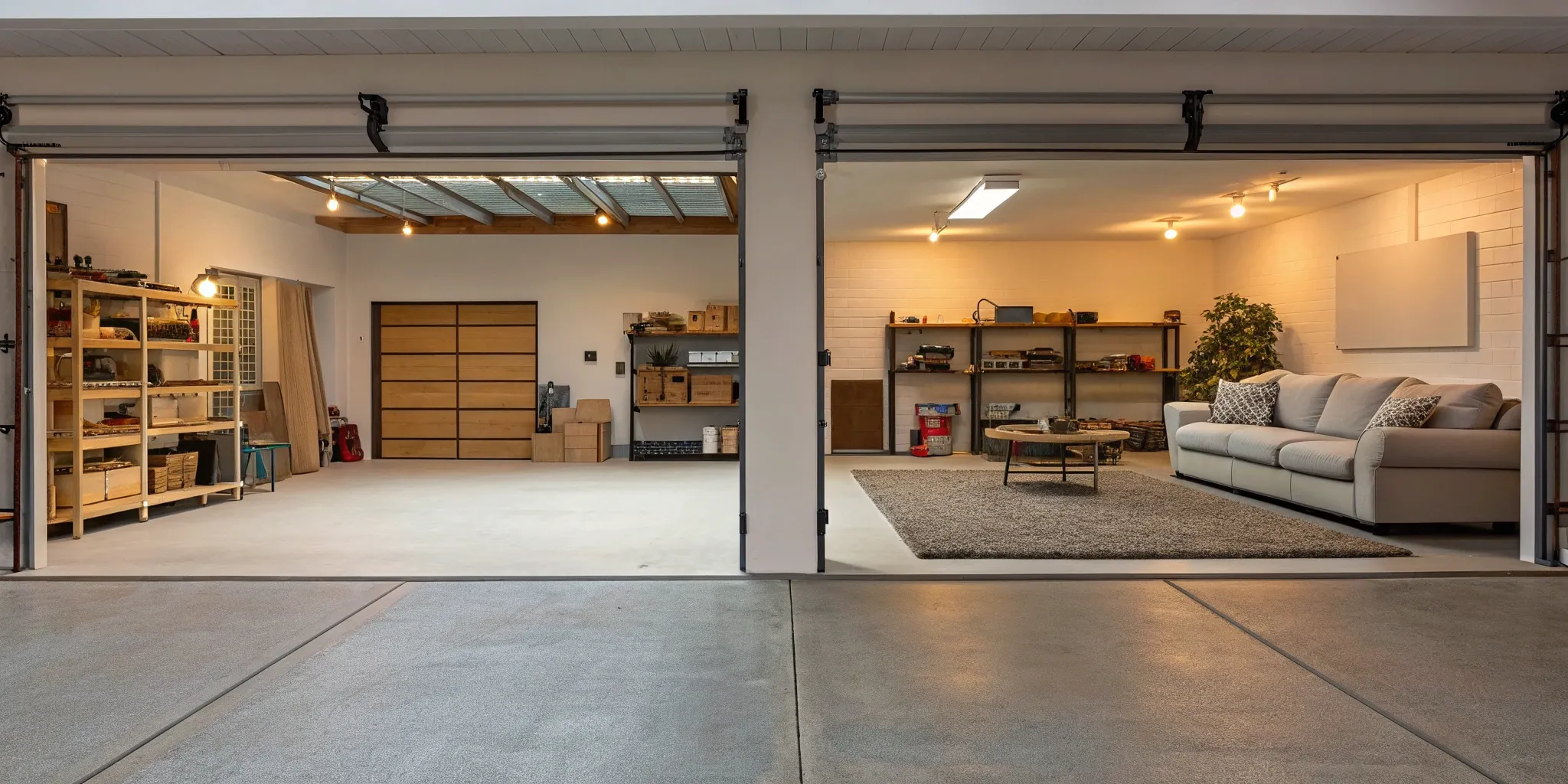
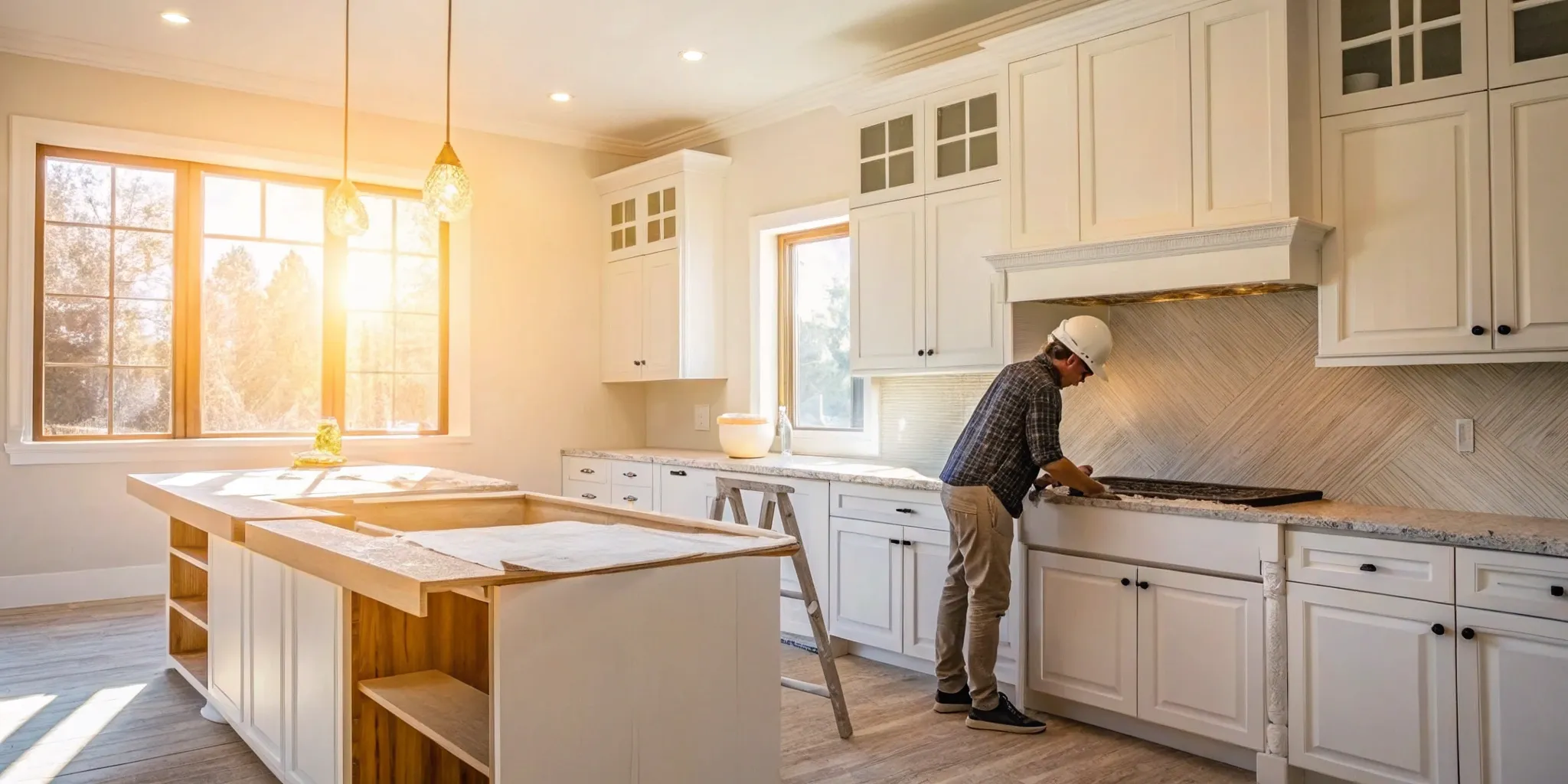
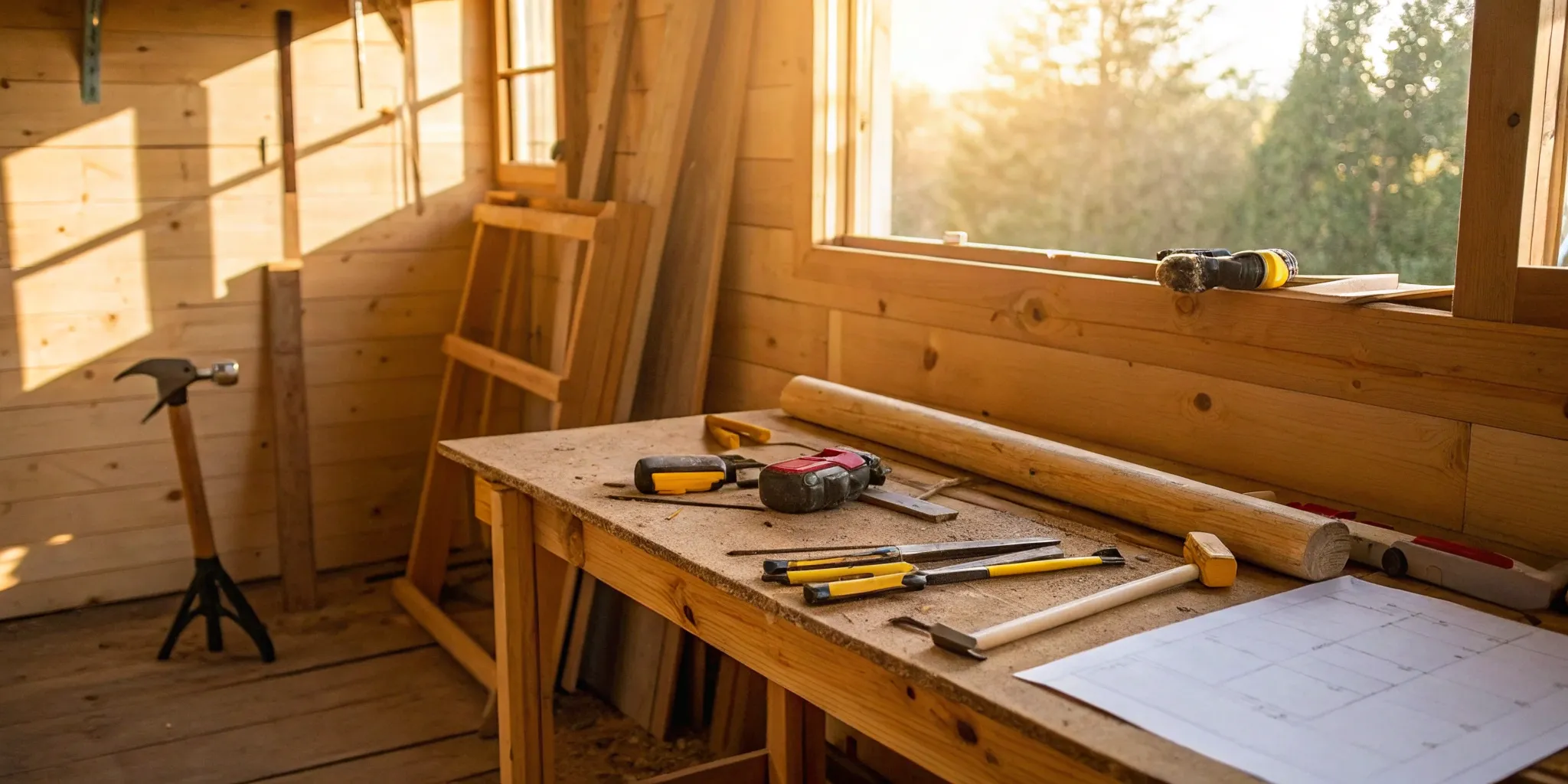

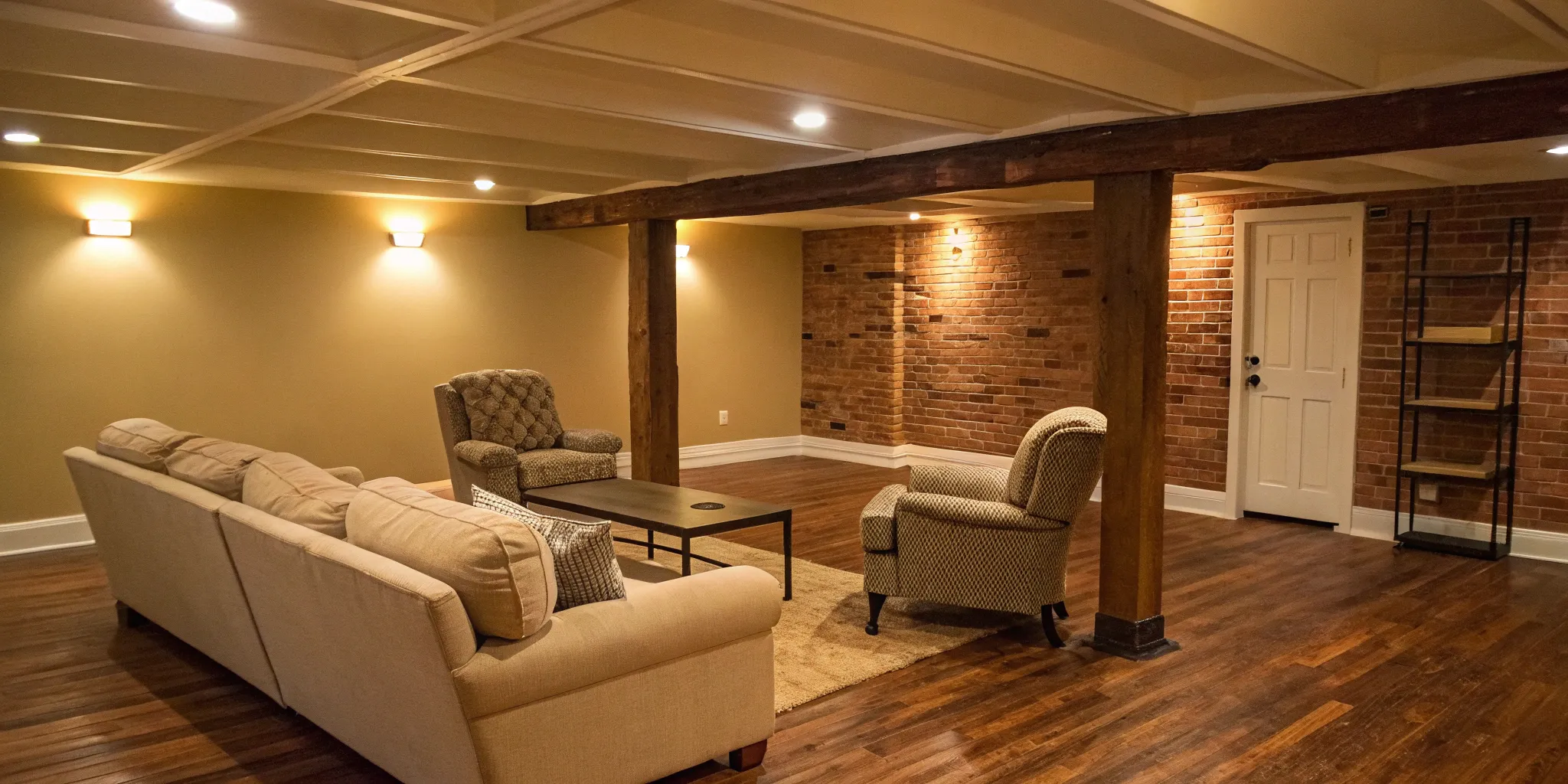

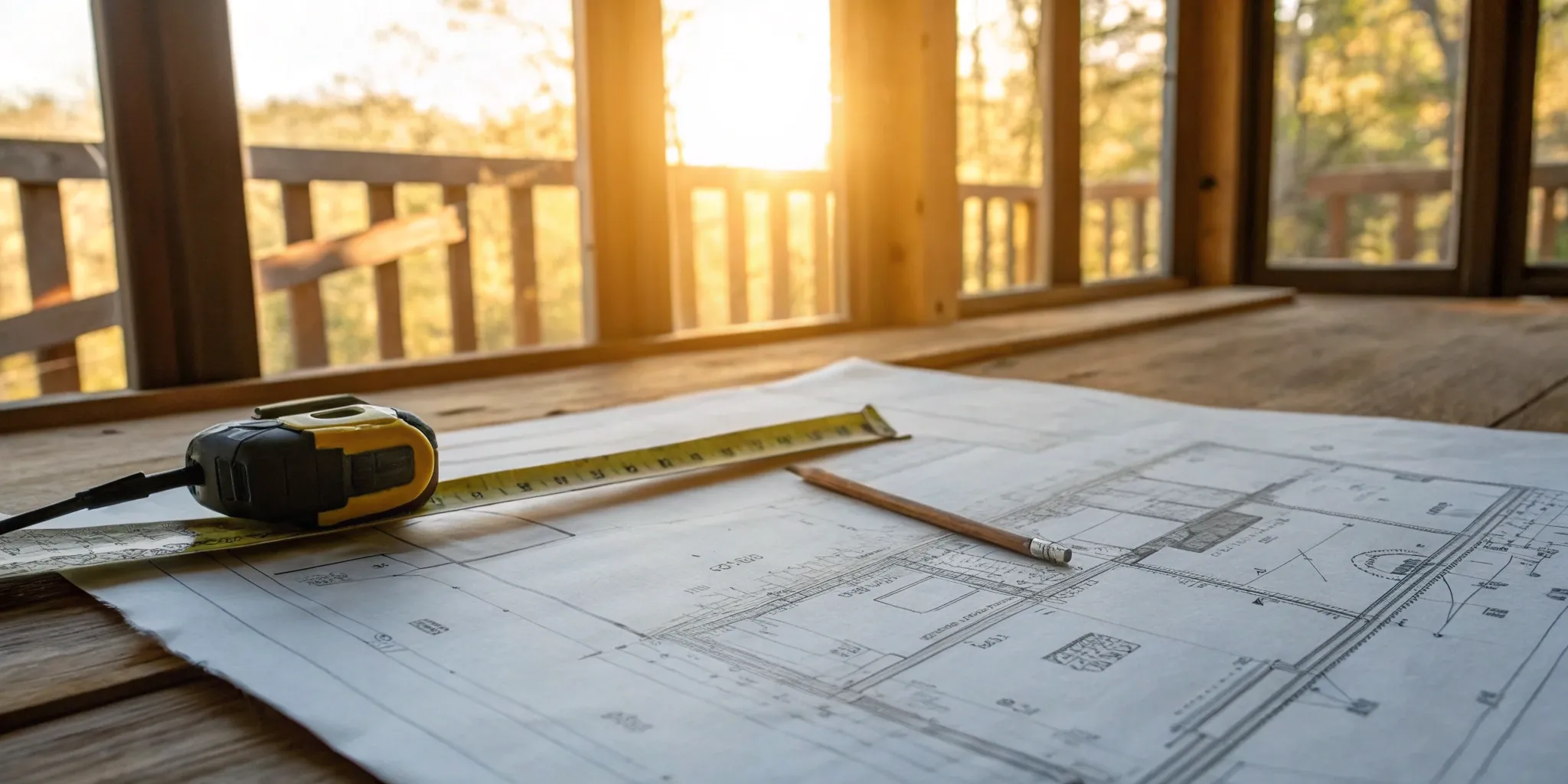
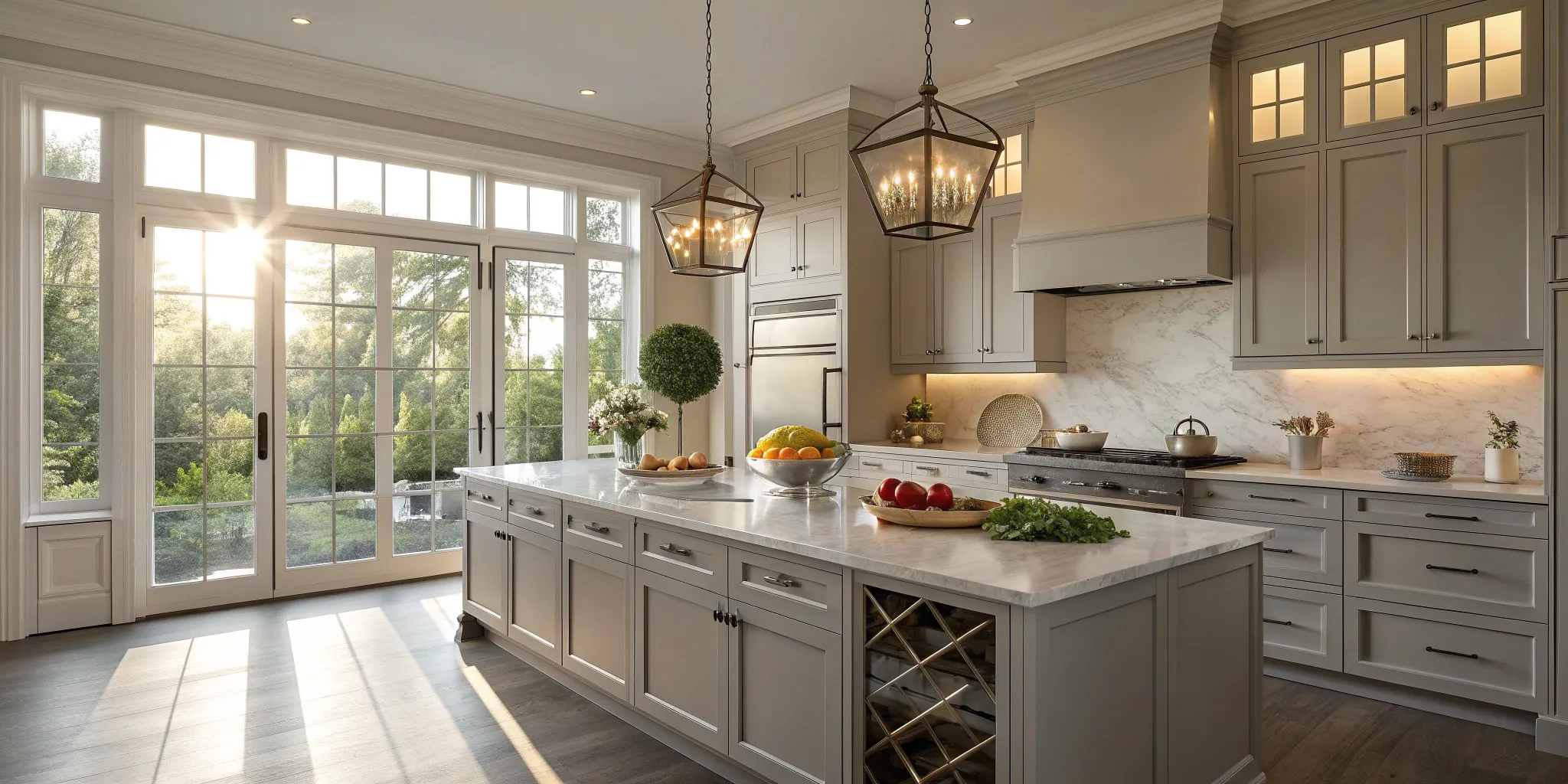


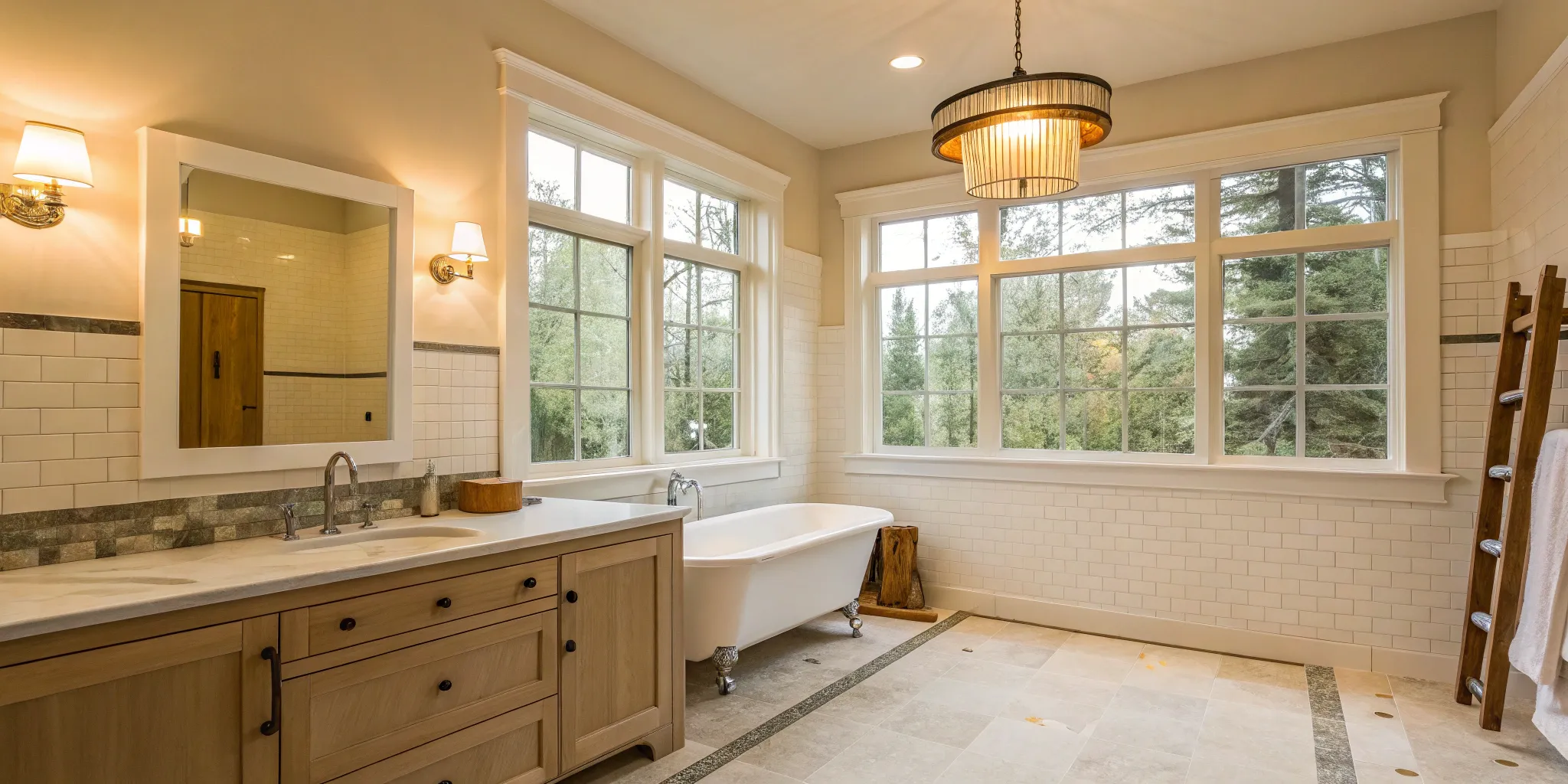
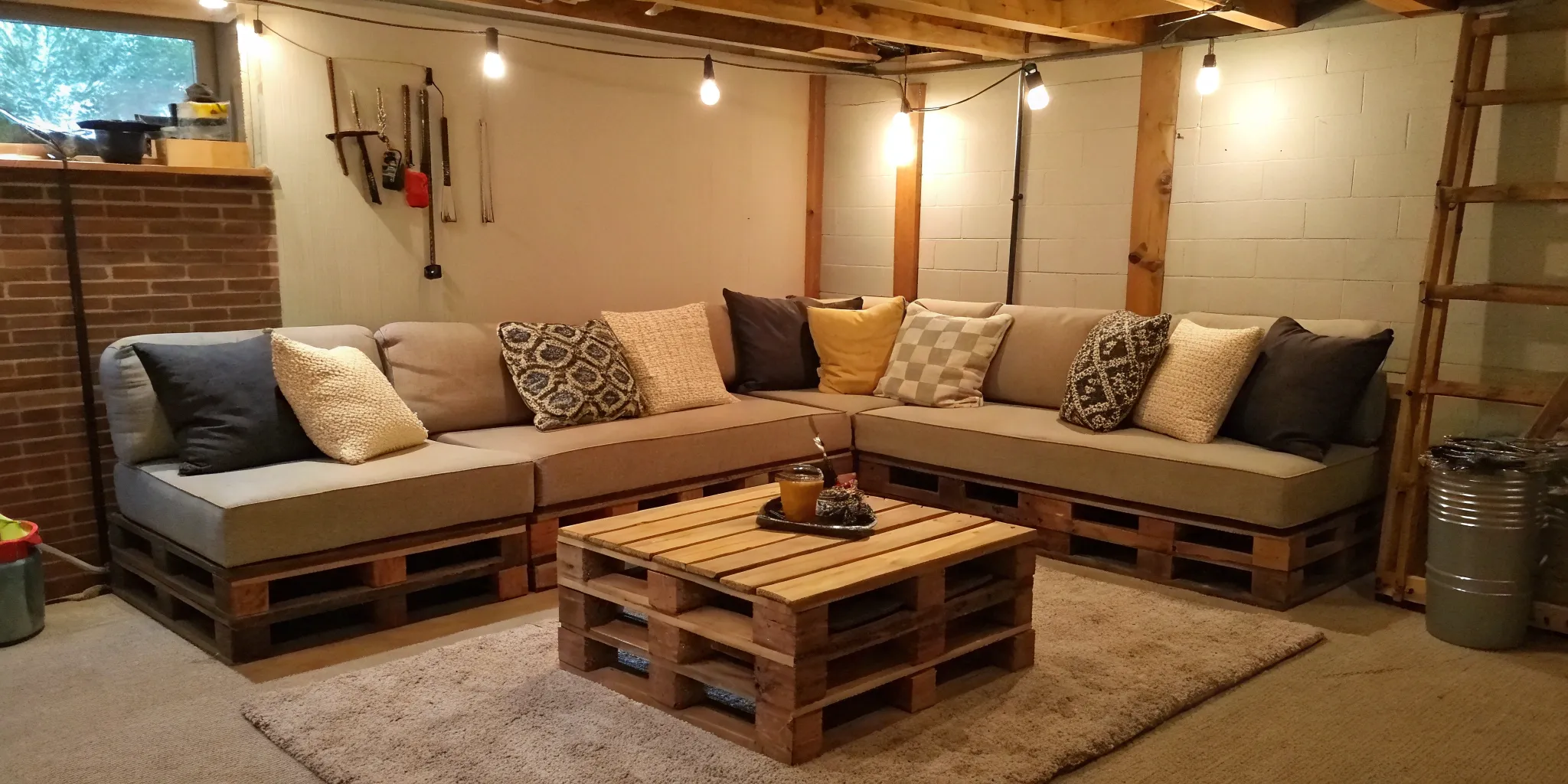
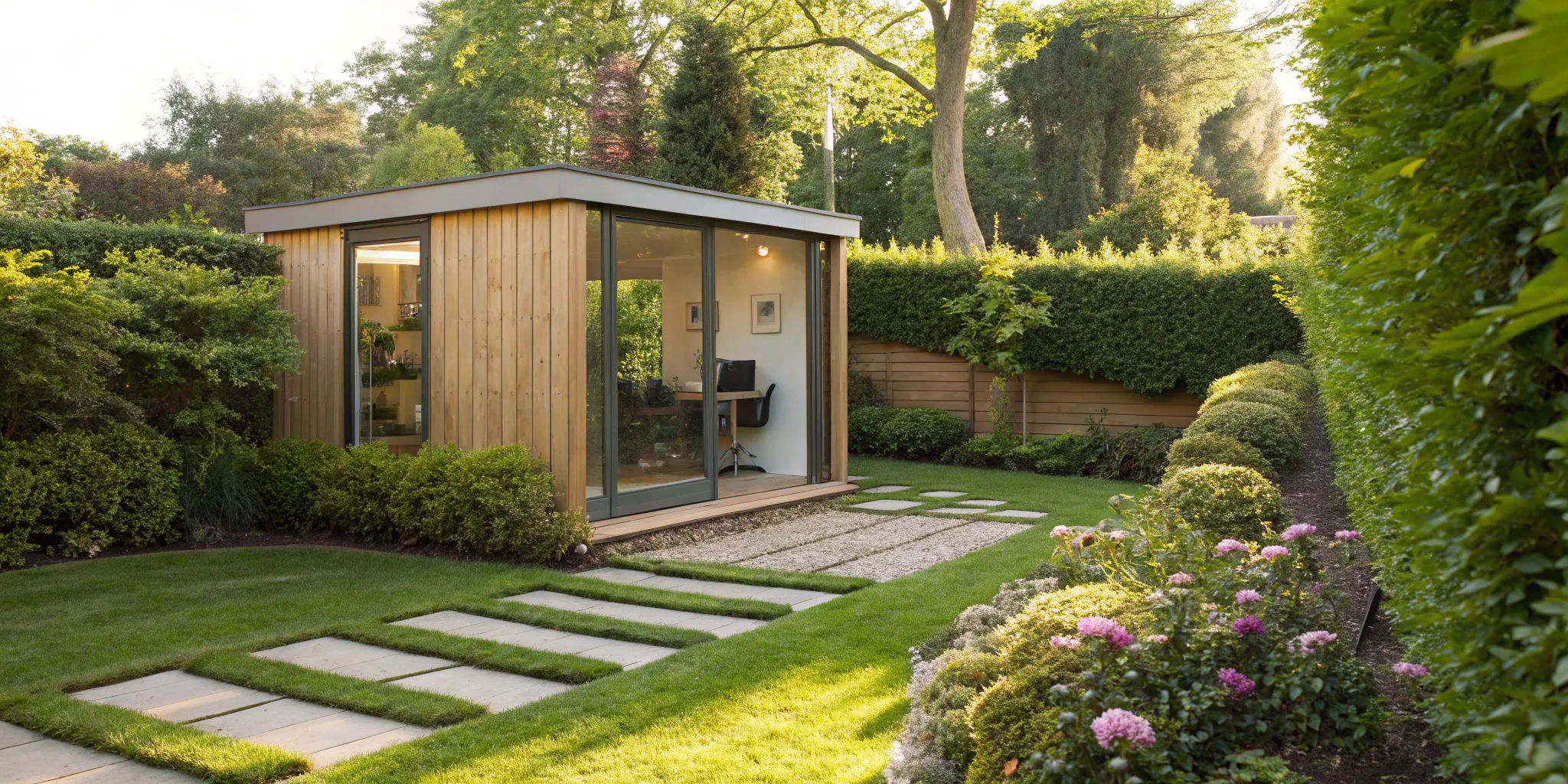
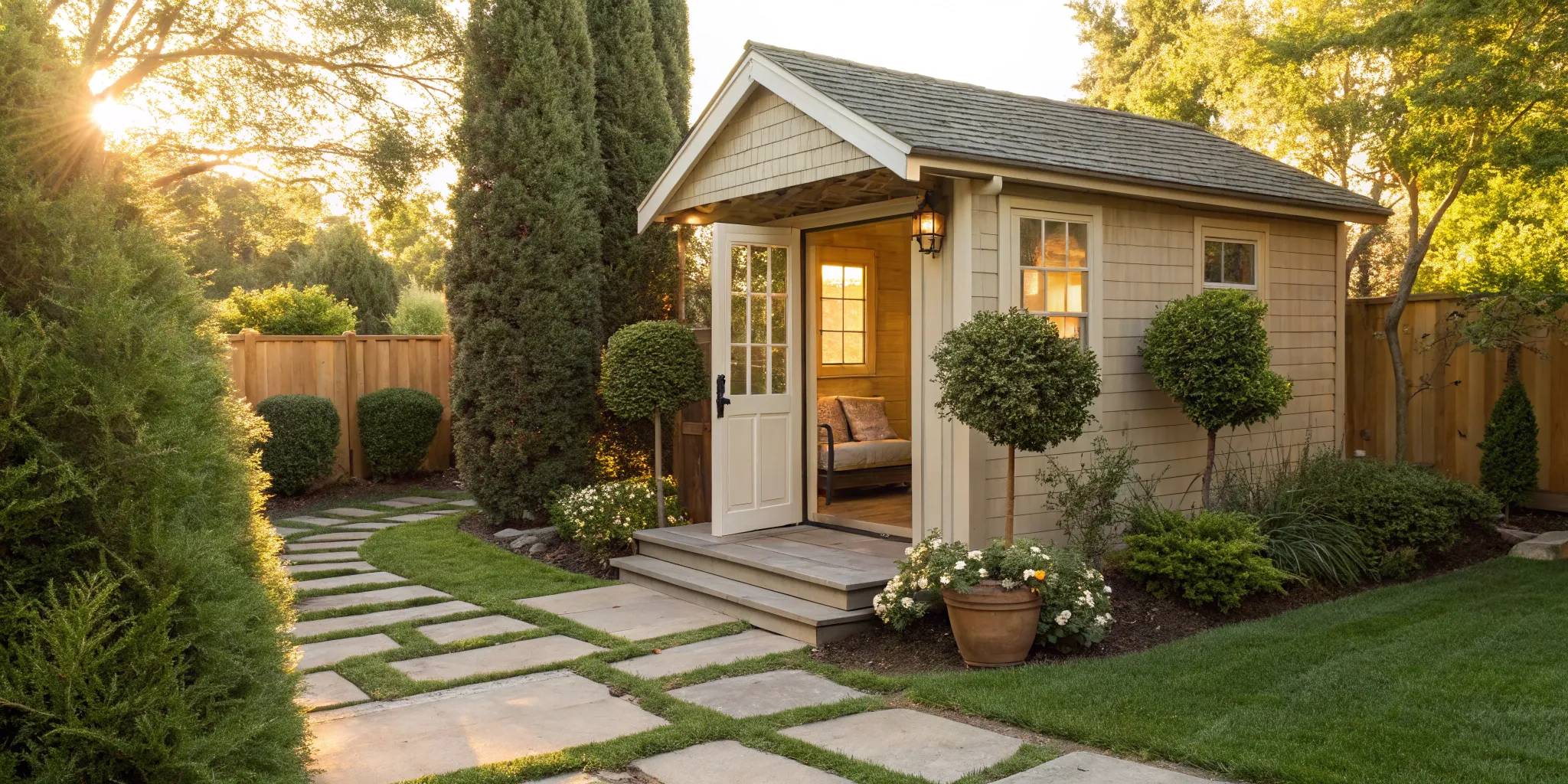
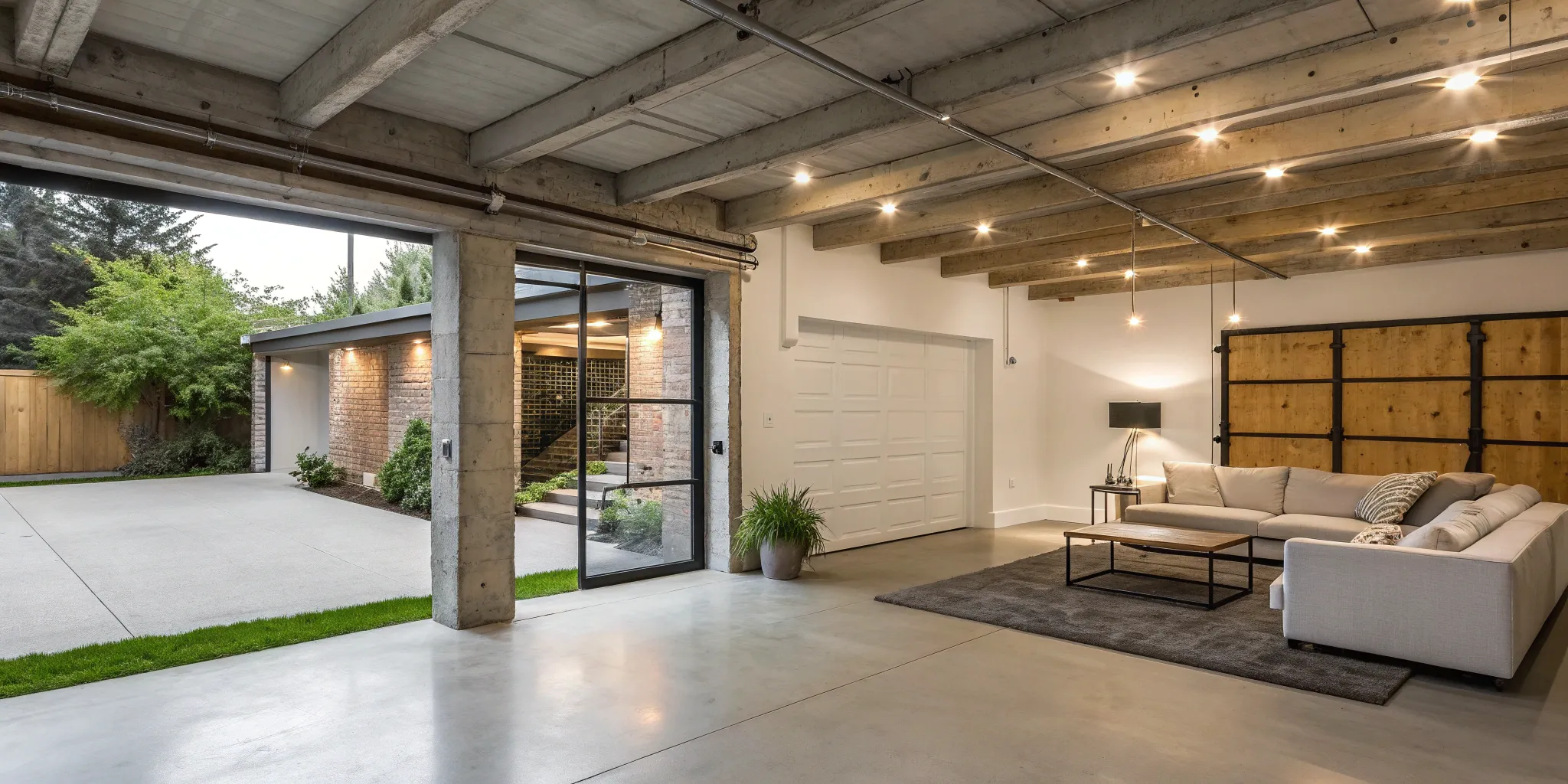

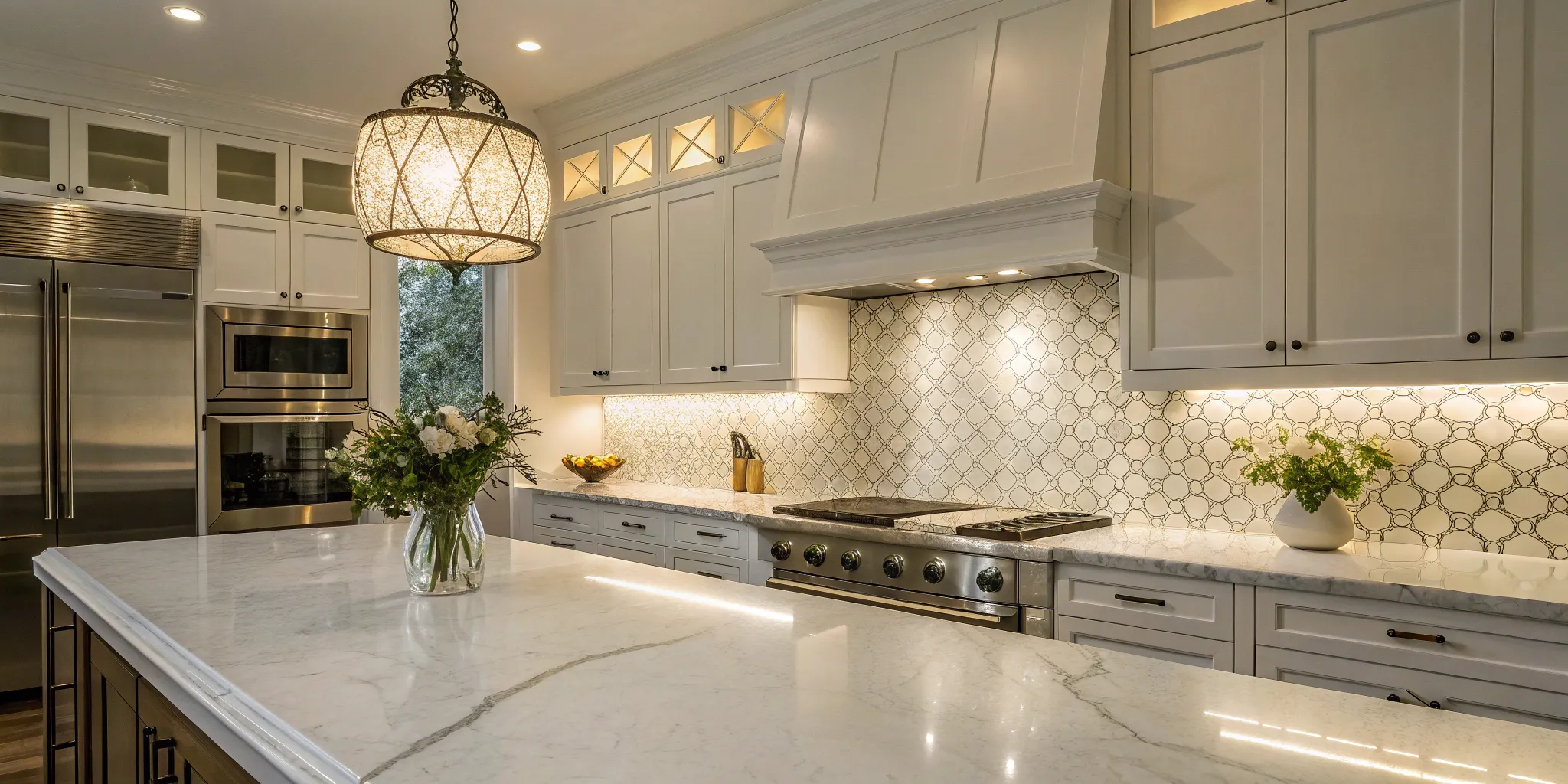
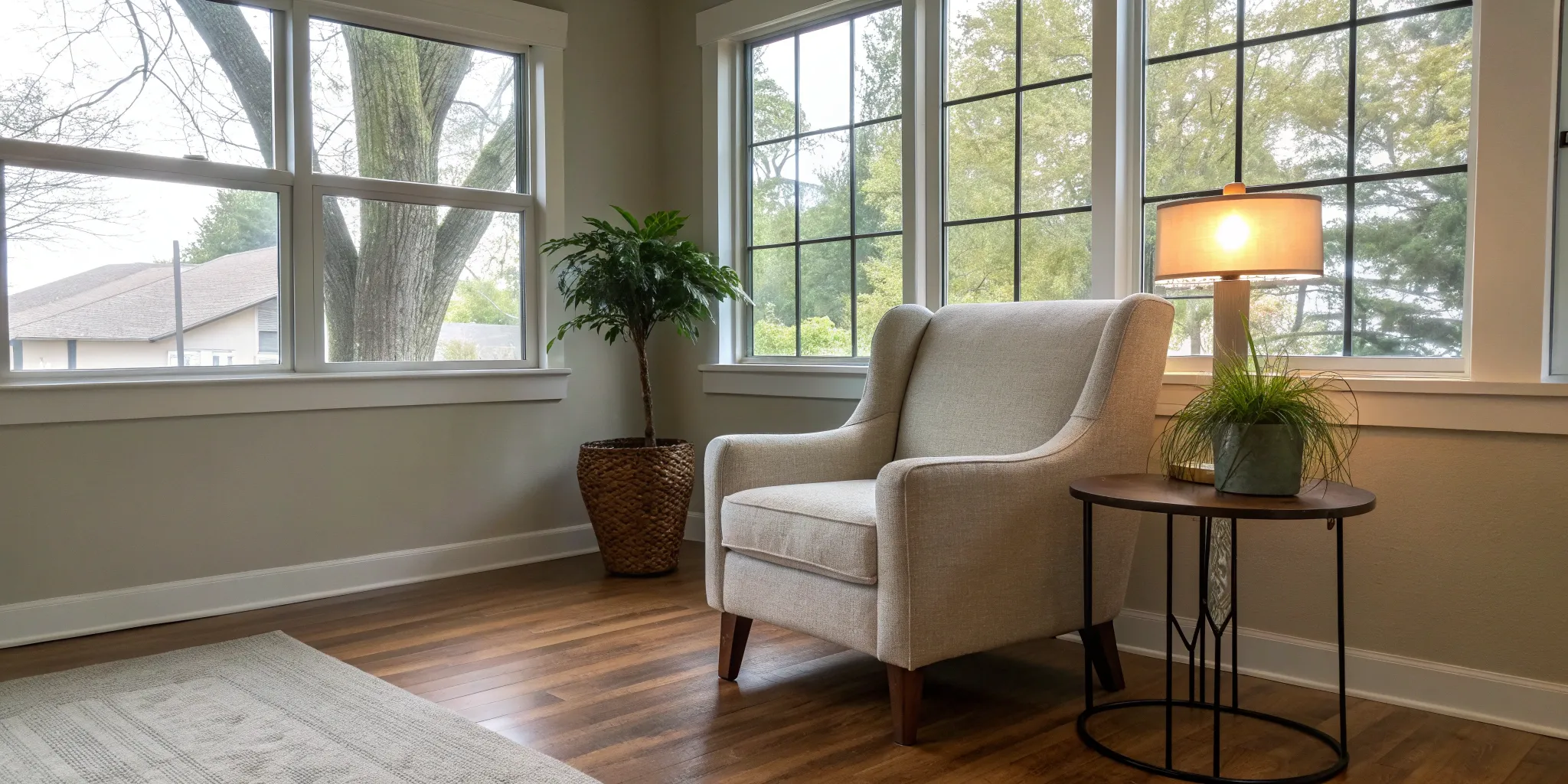
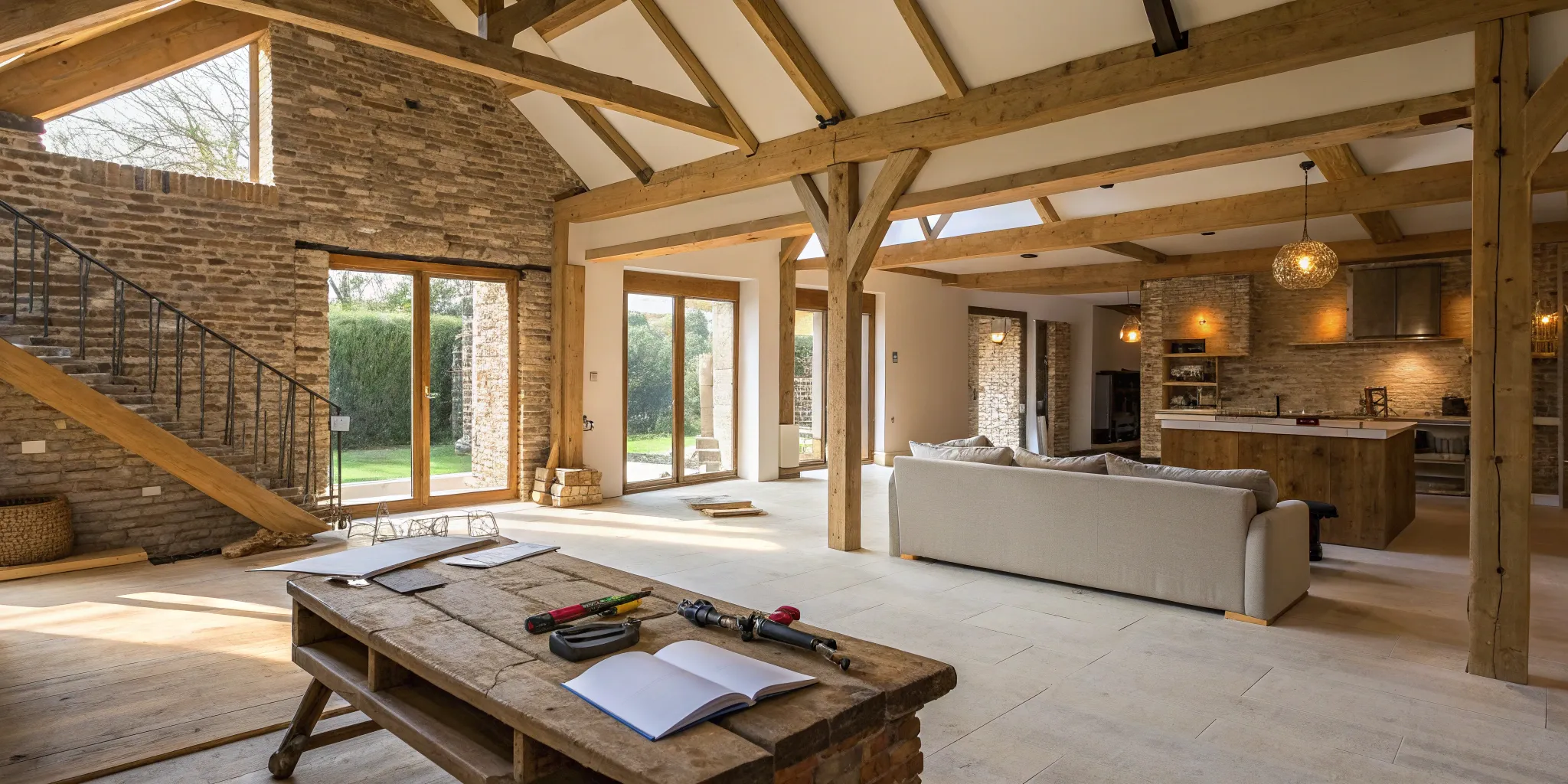
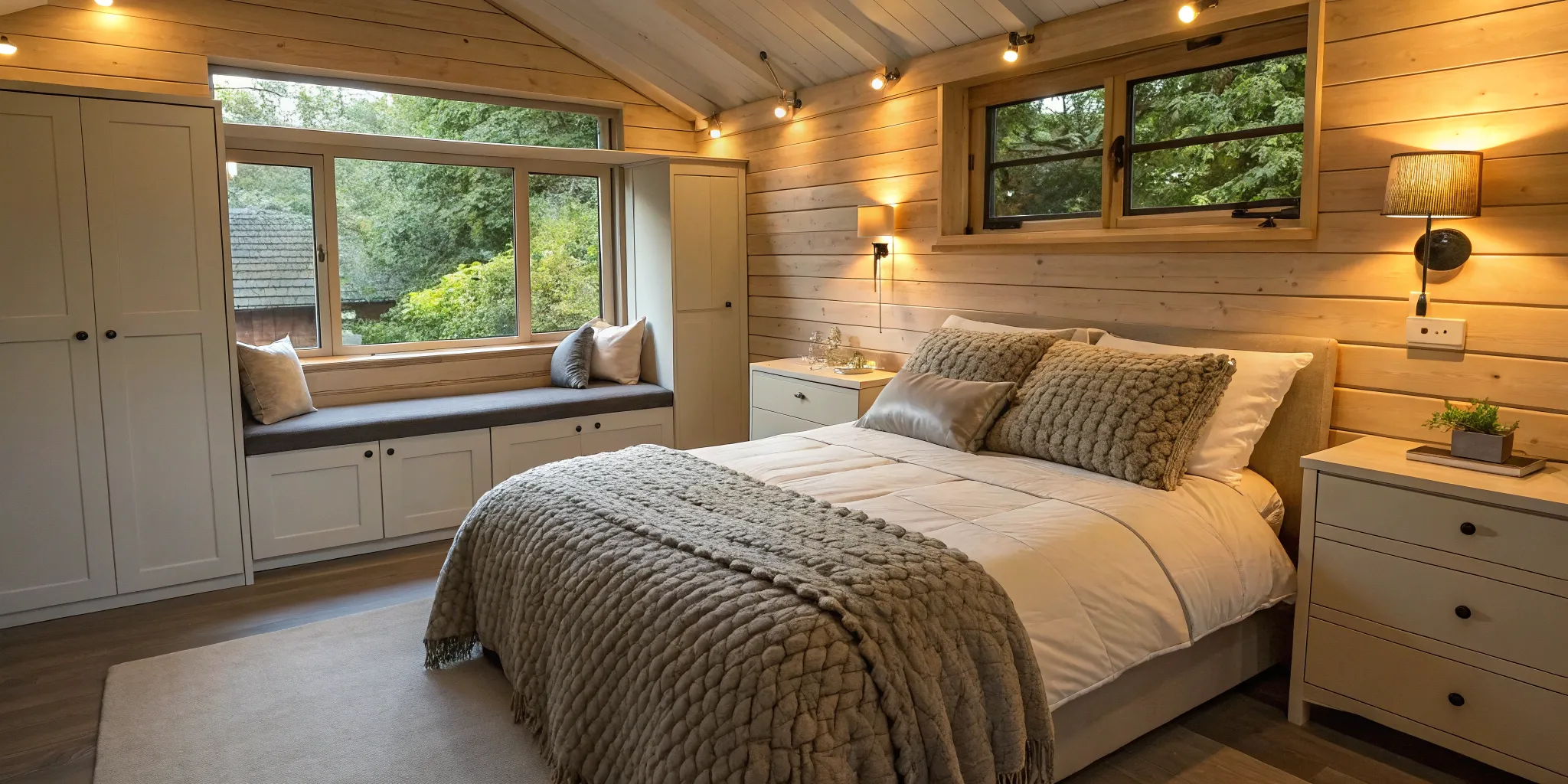

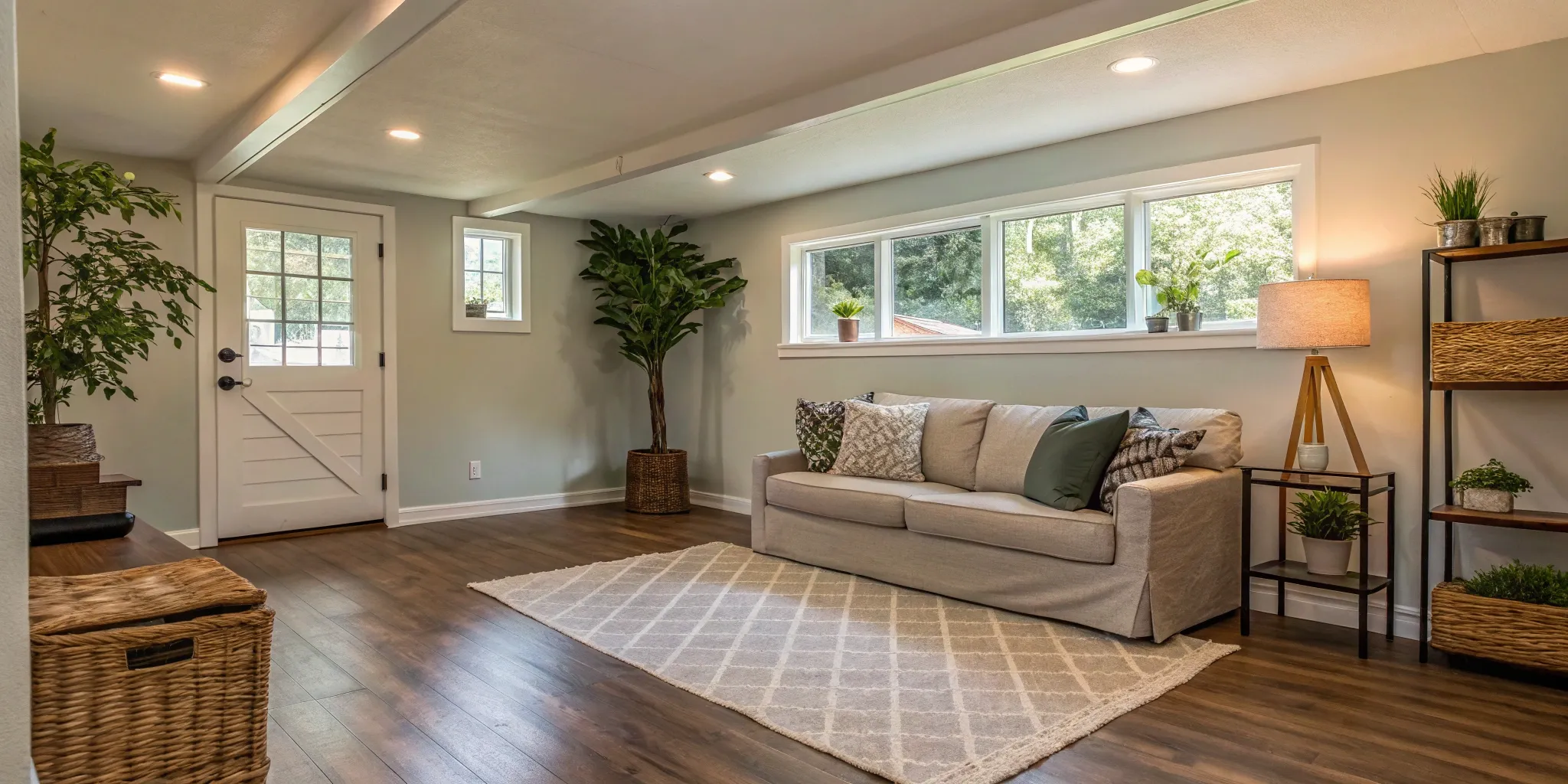
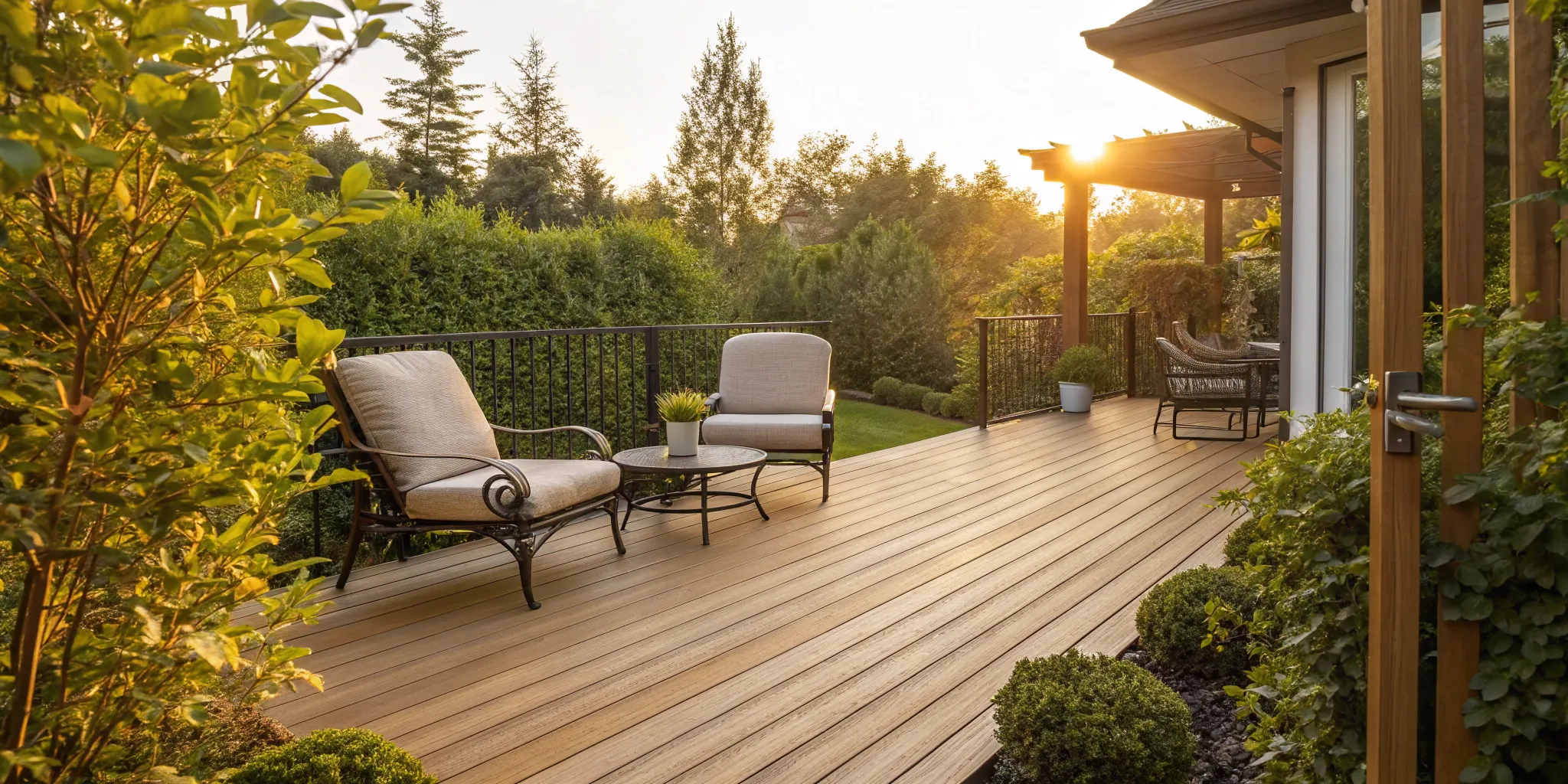
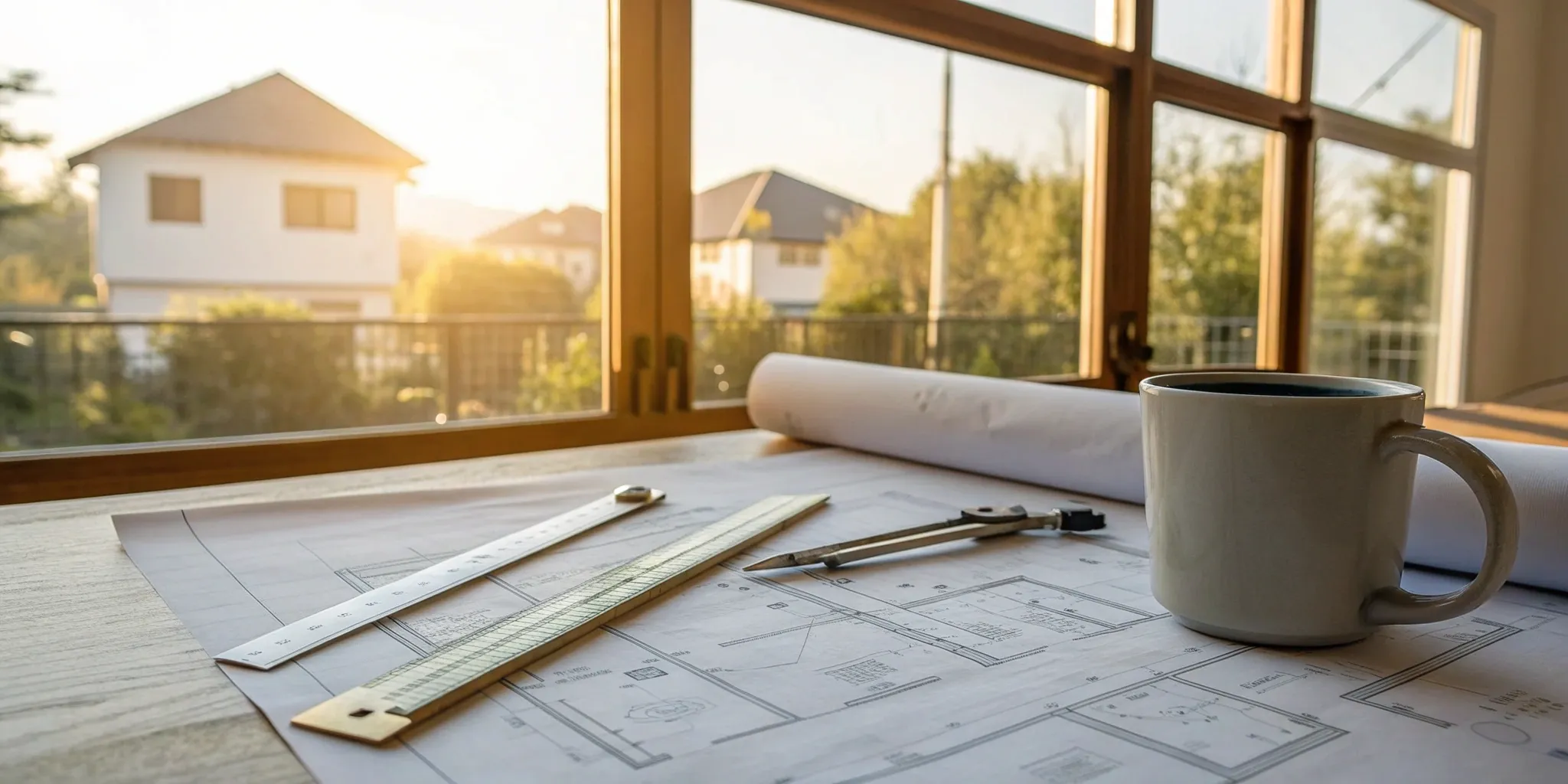


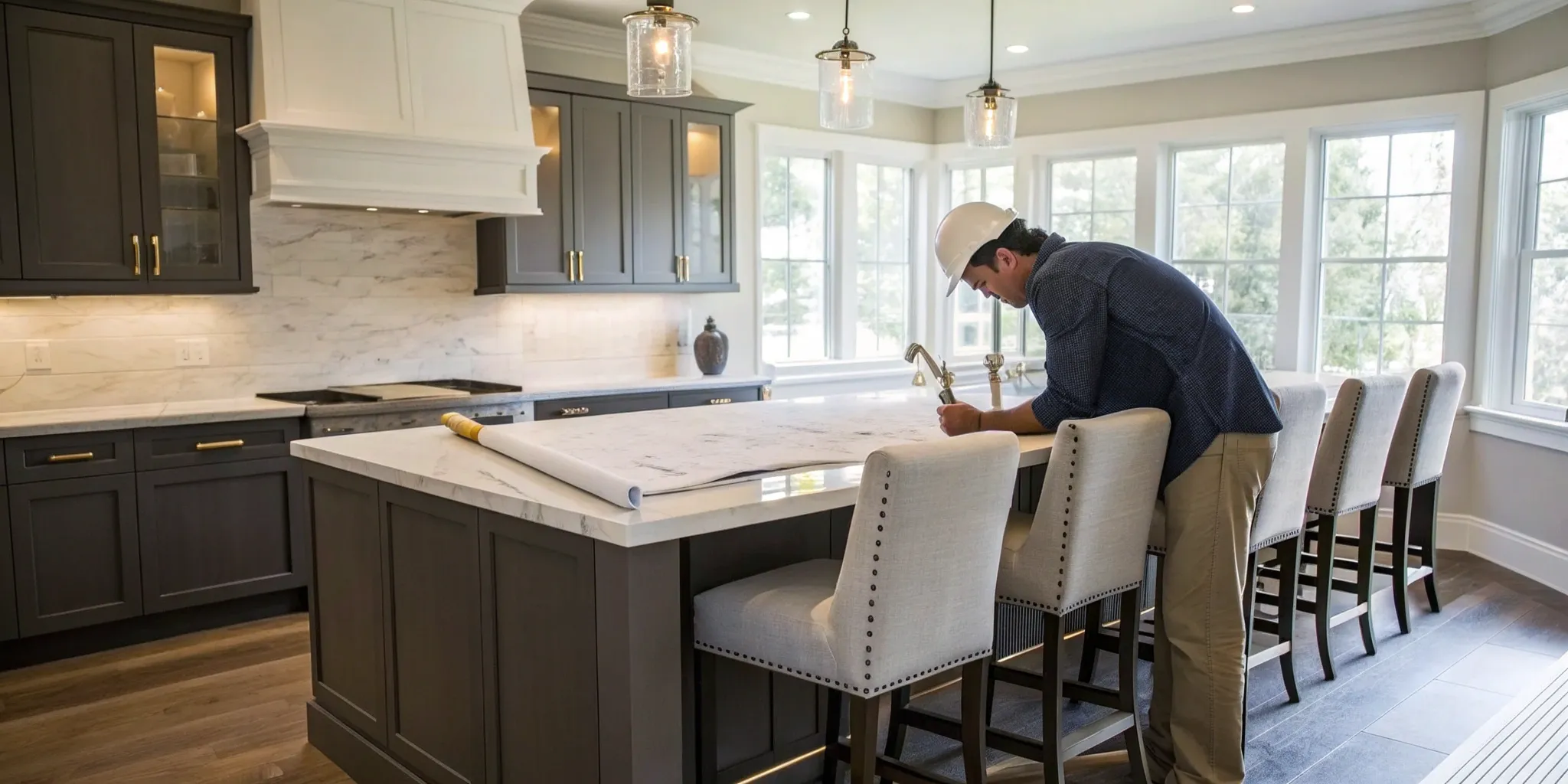
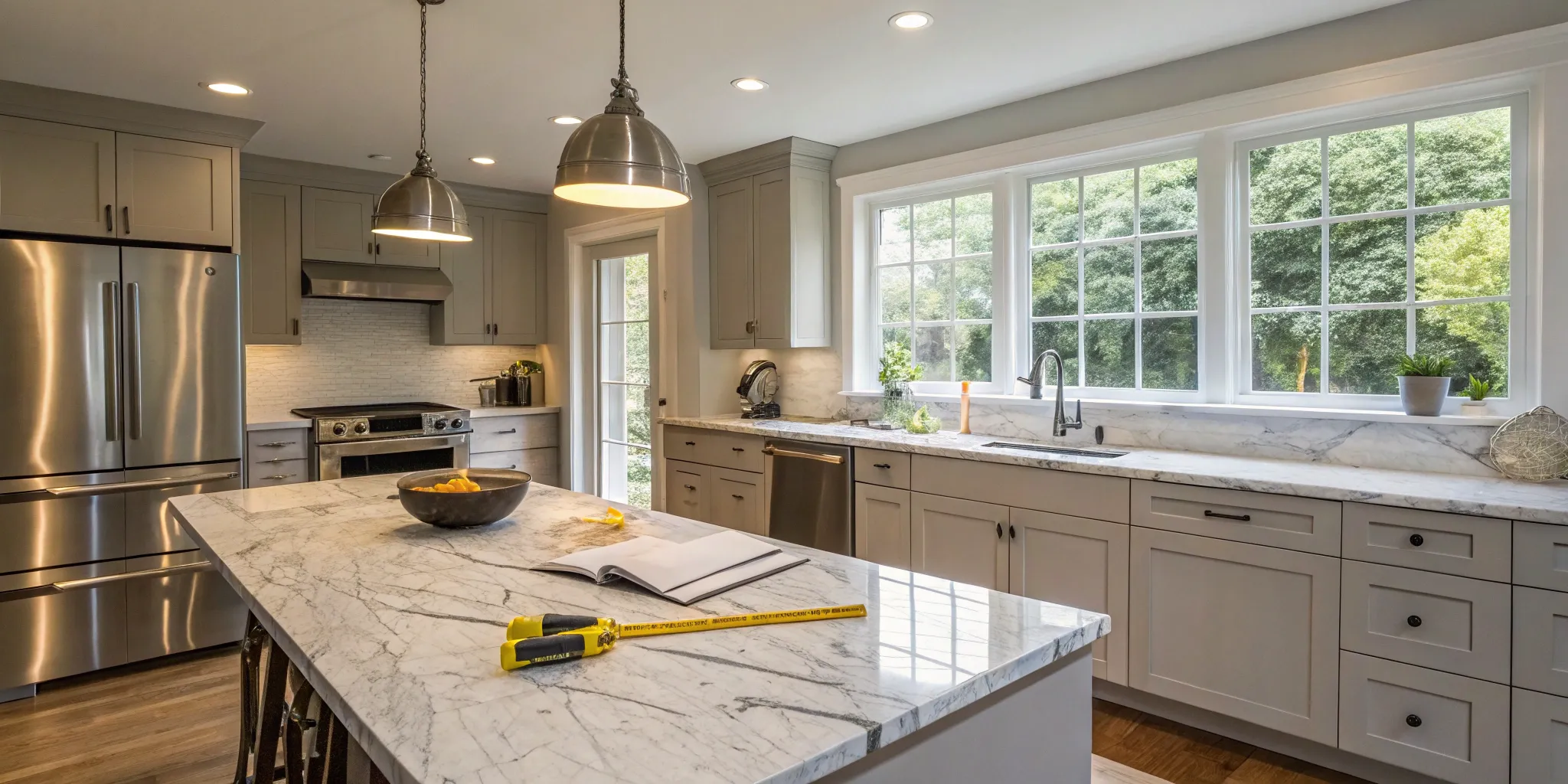



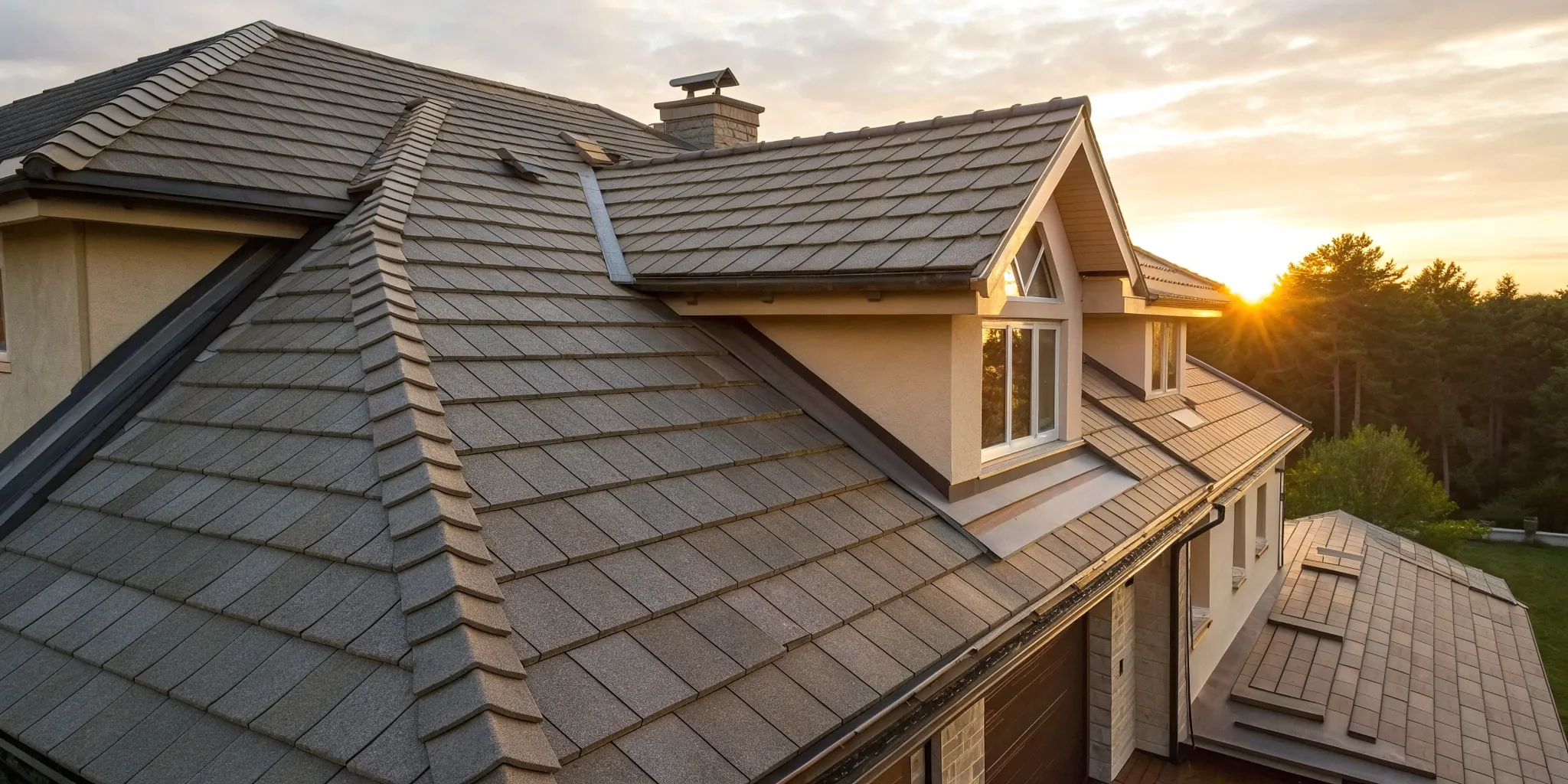
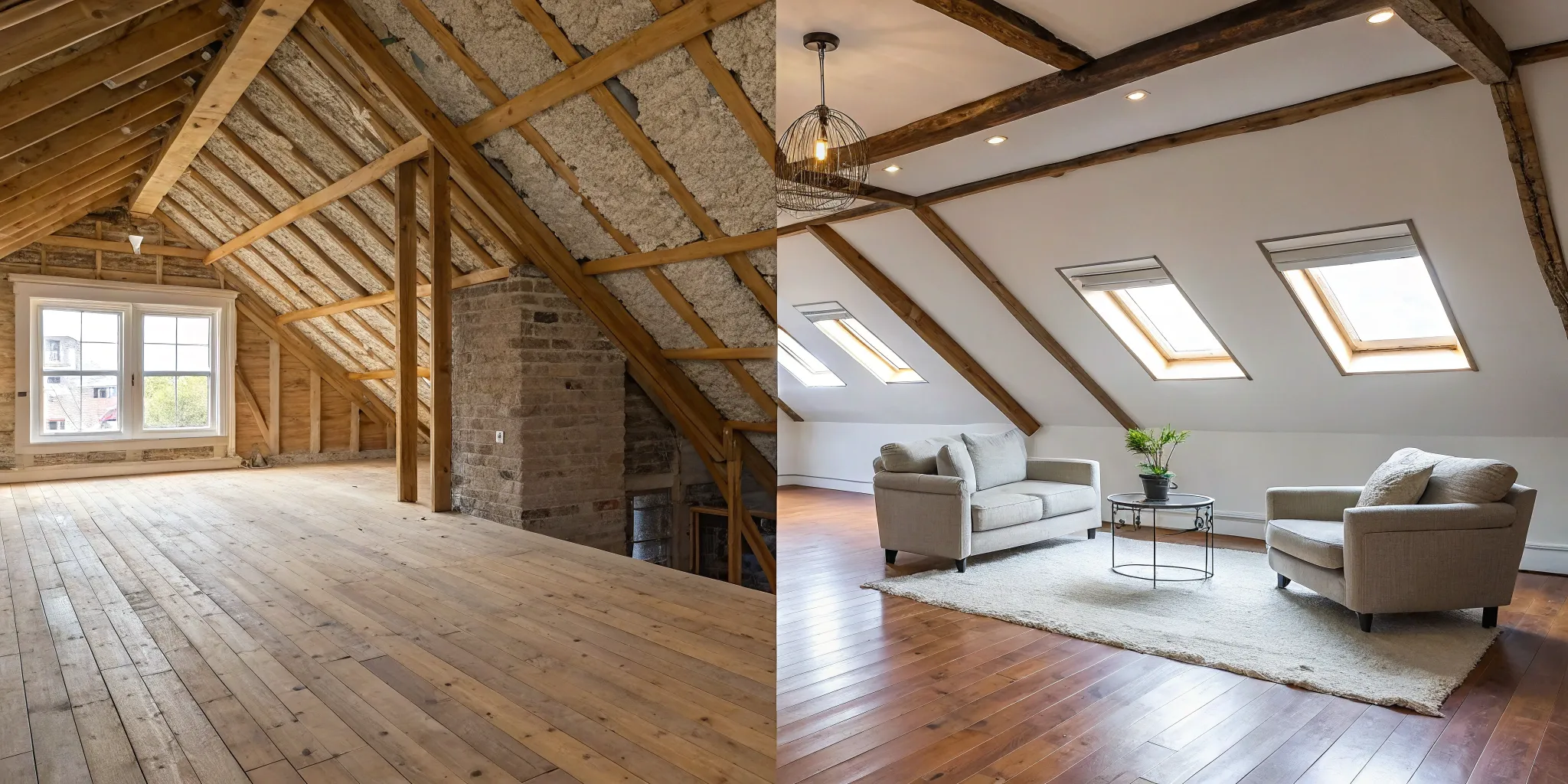

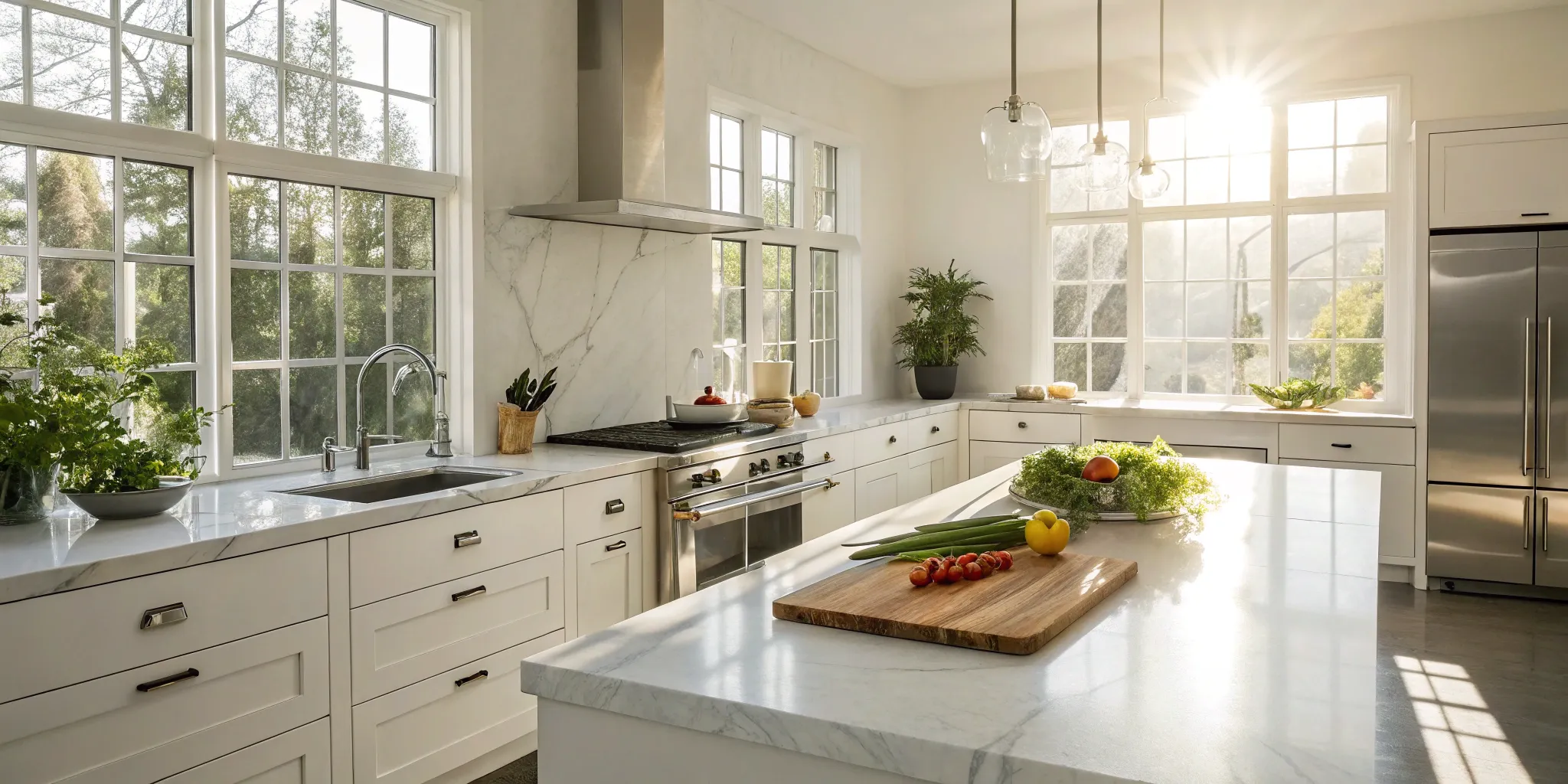


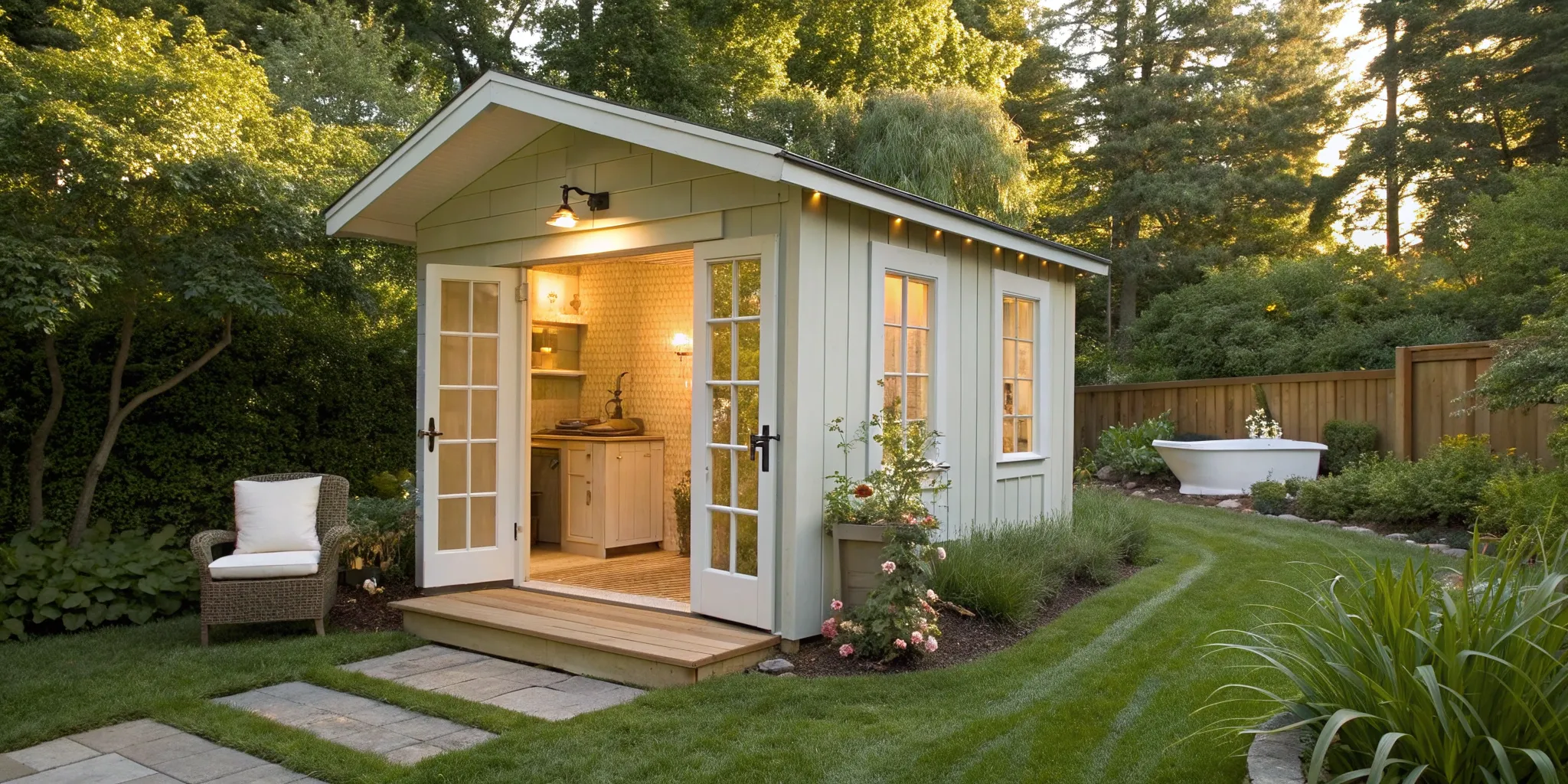
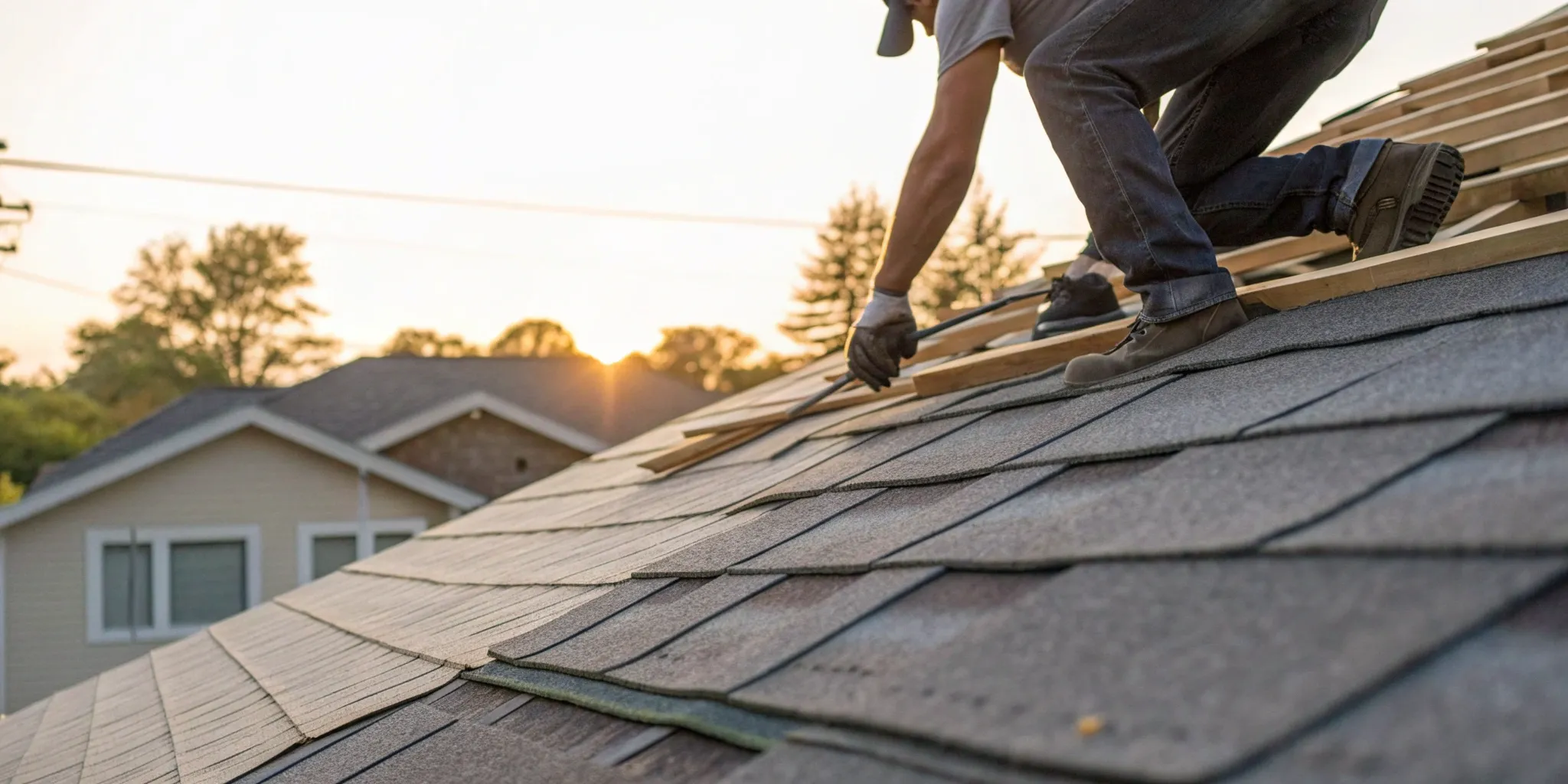

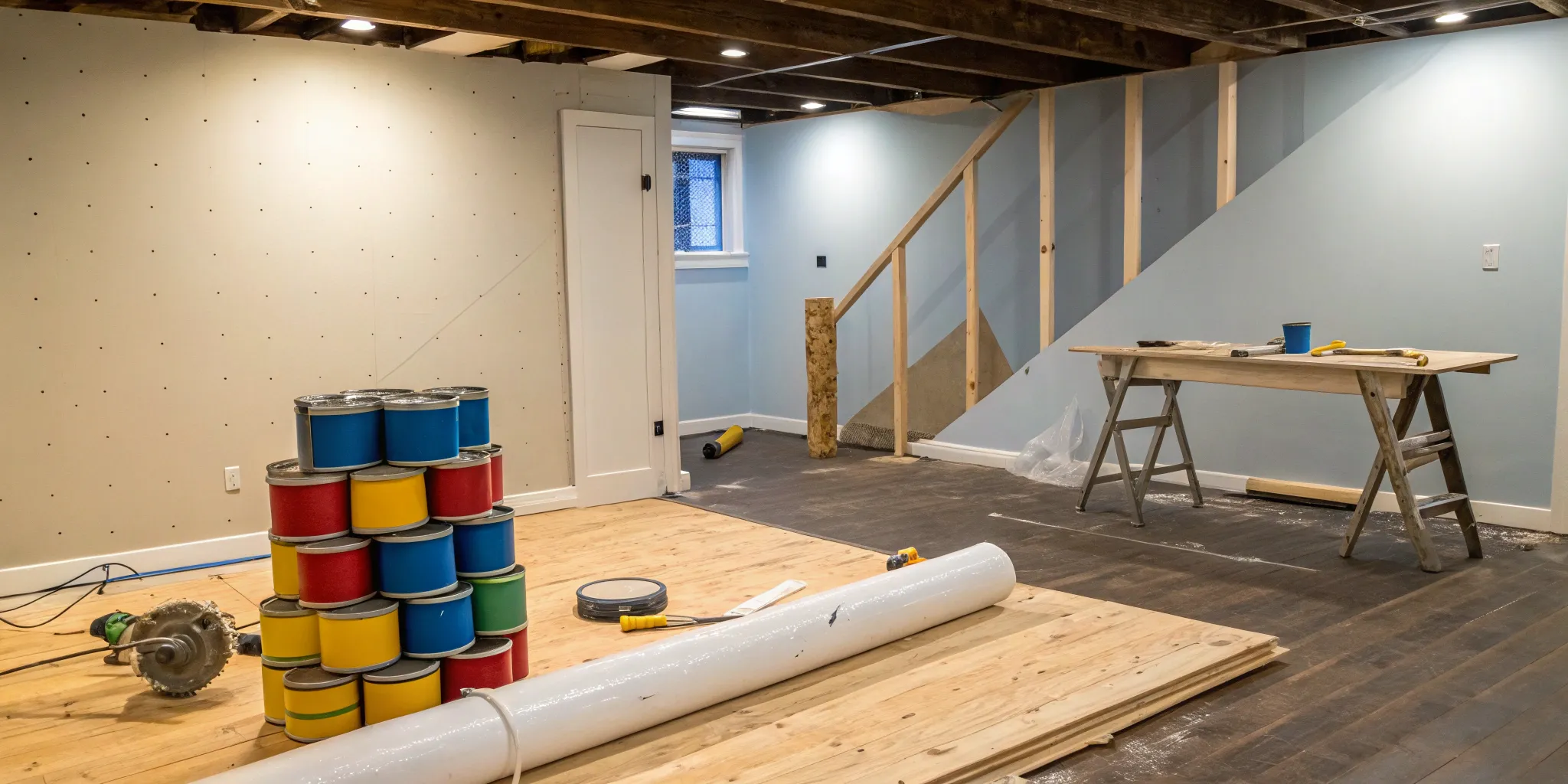


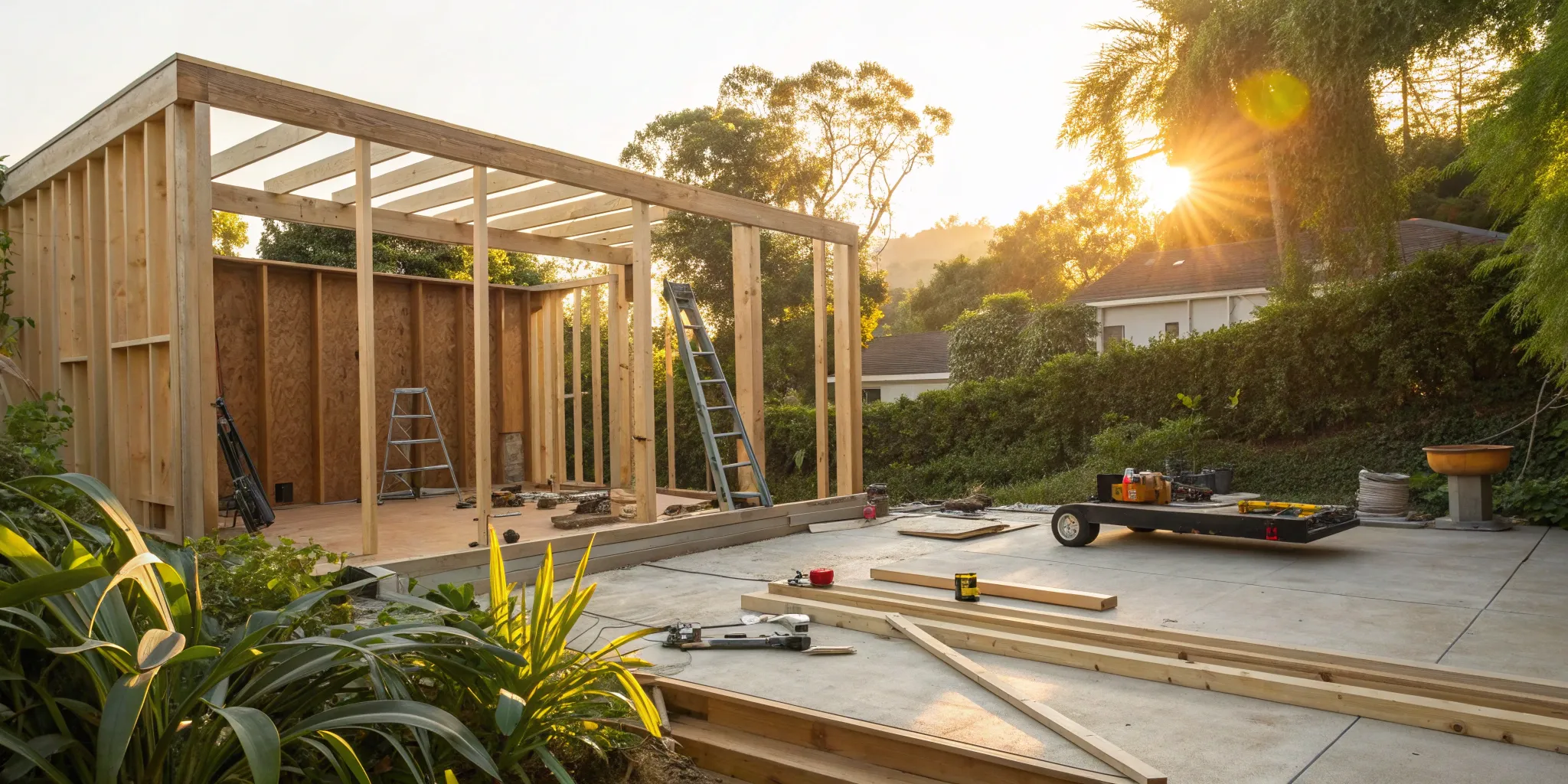
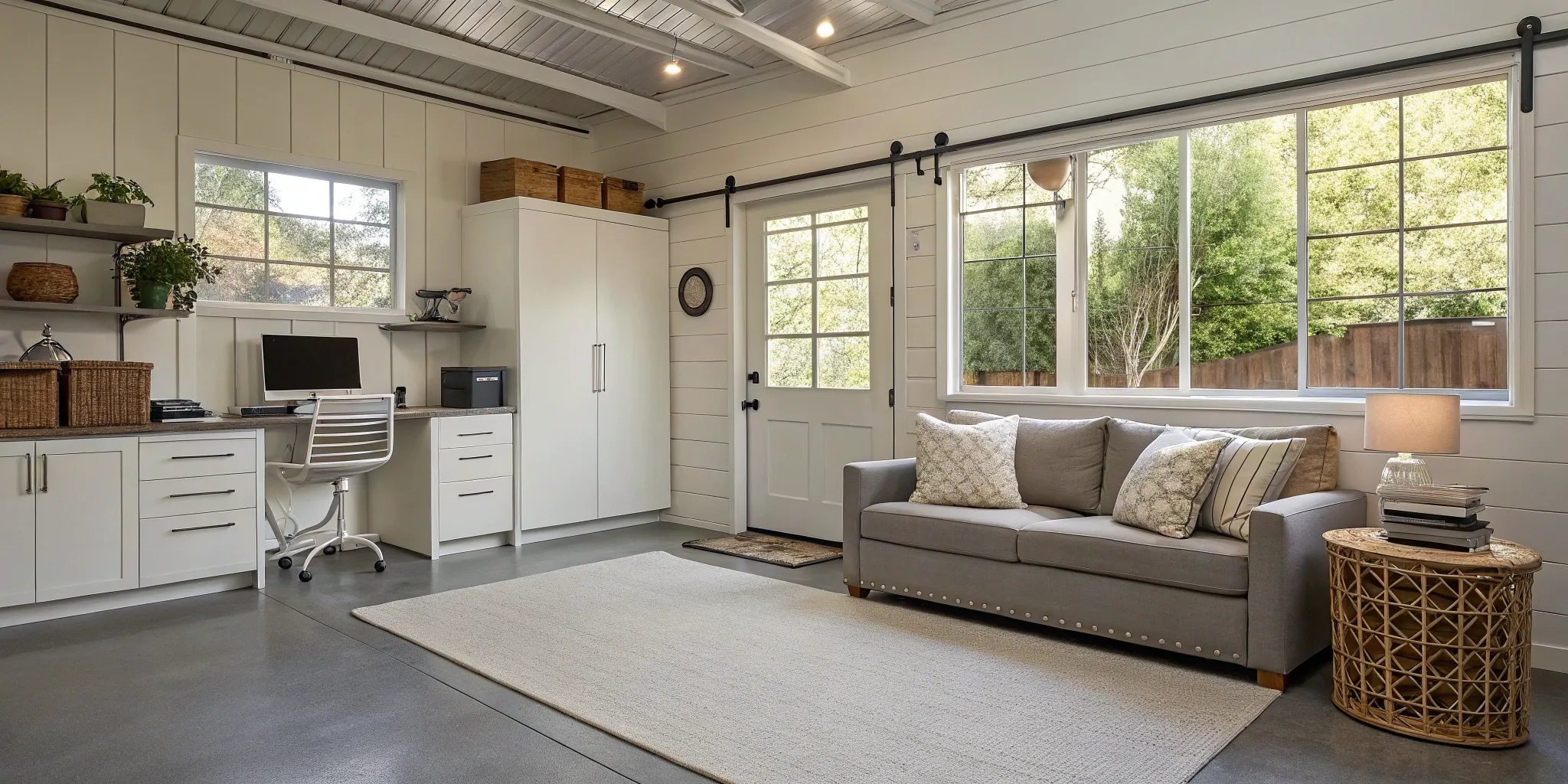
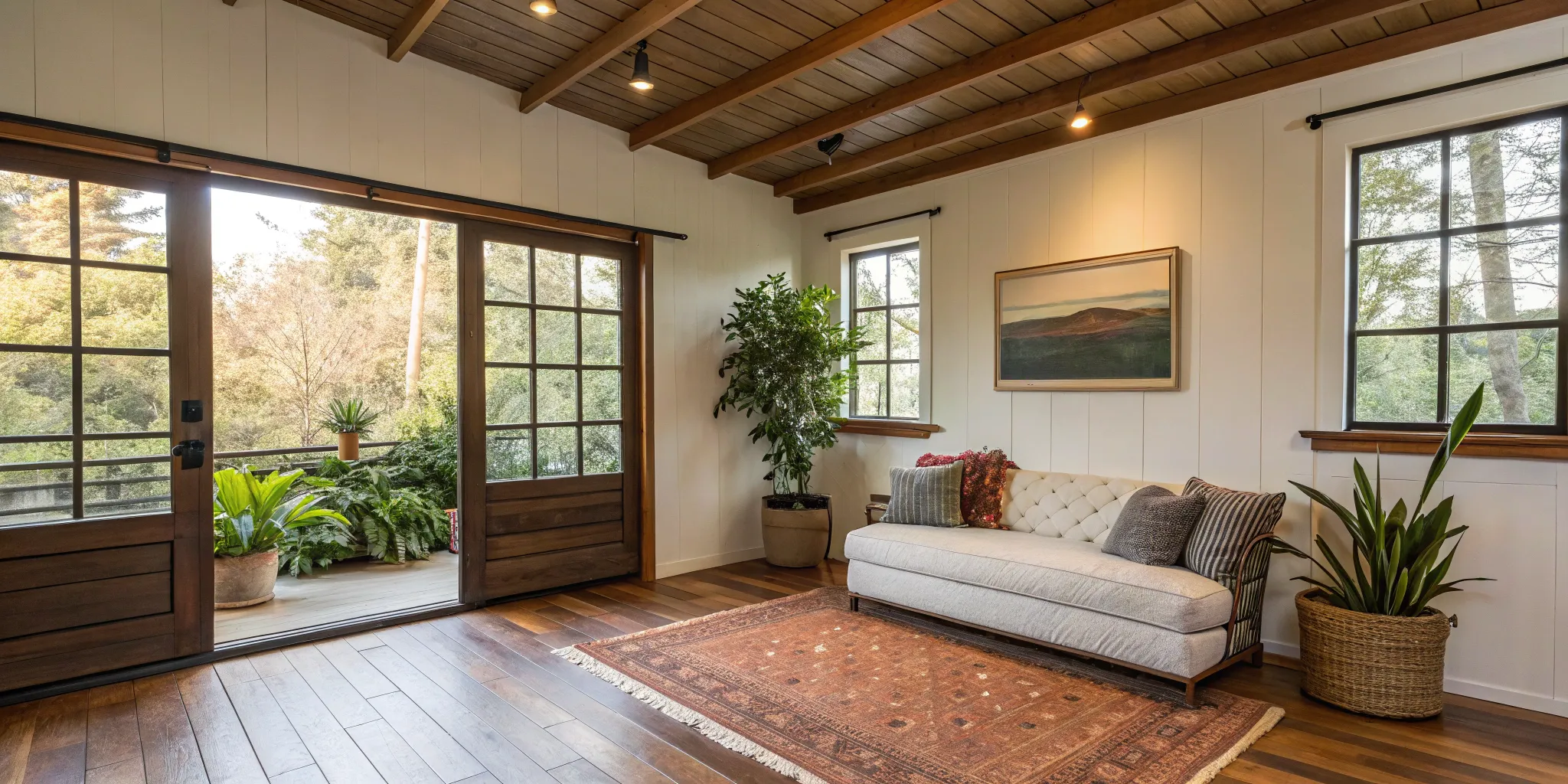
.png)
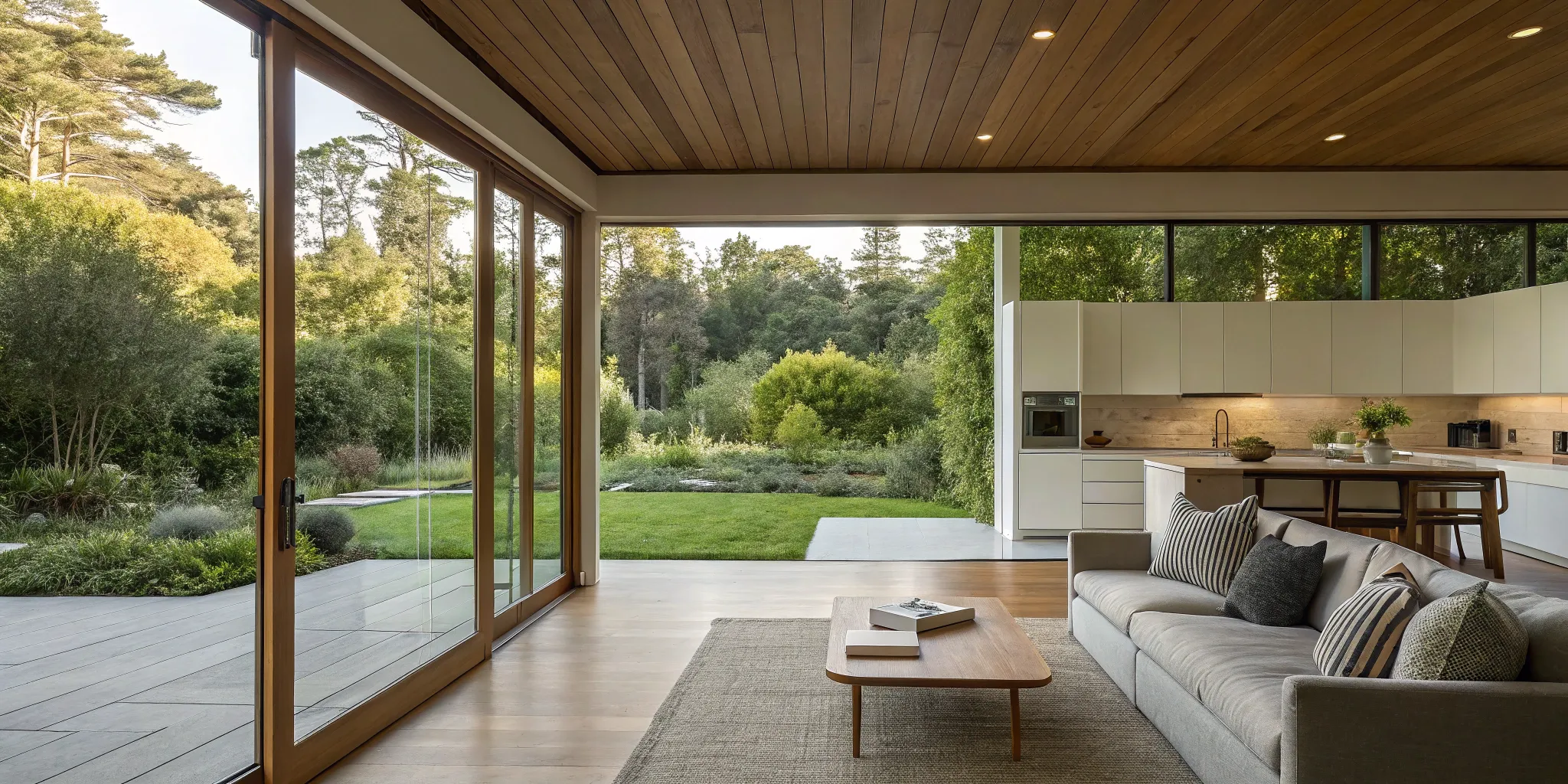


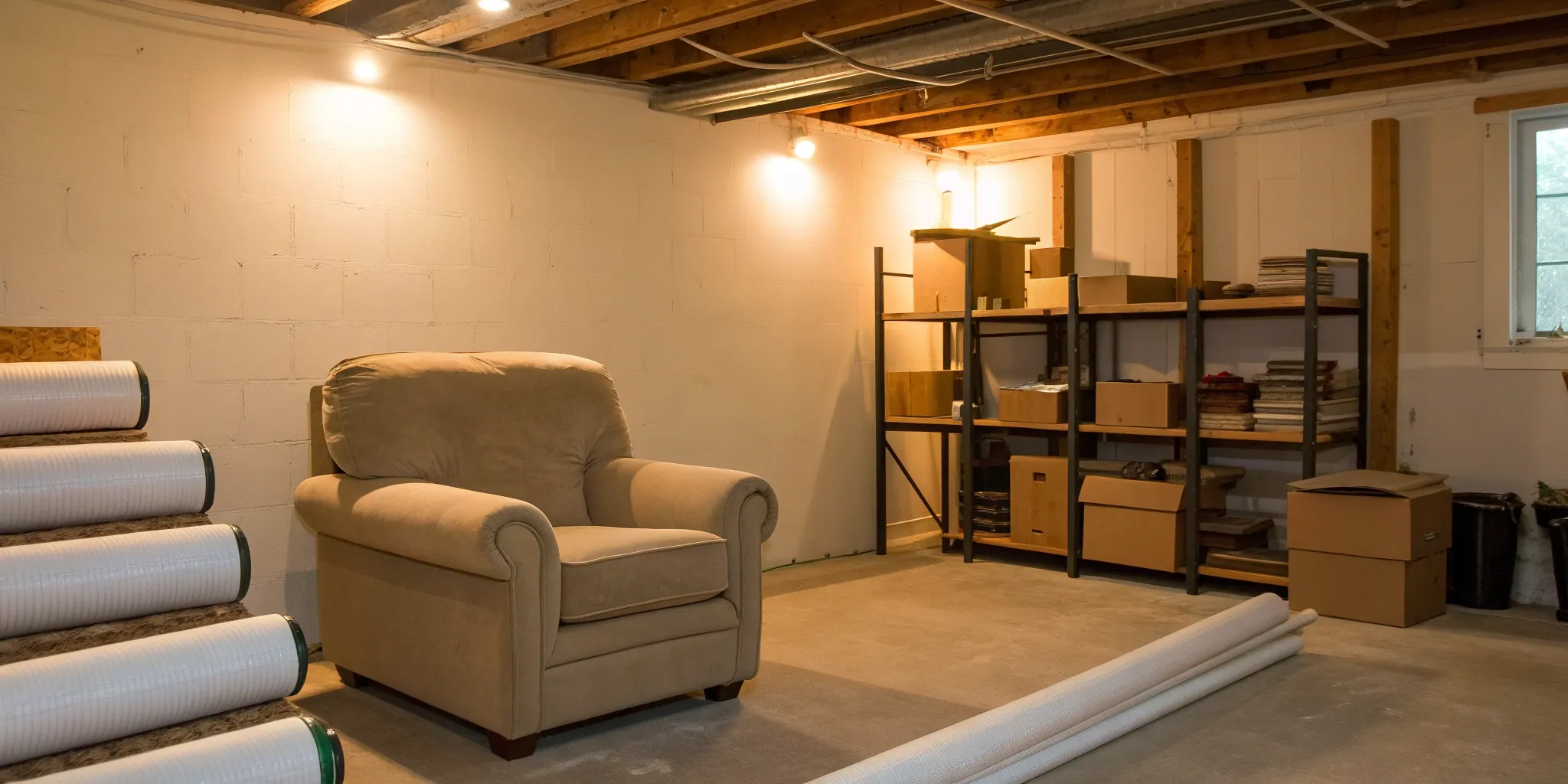
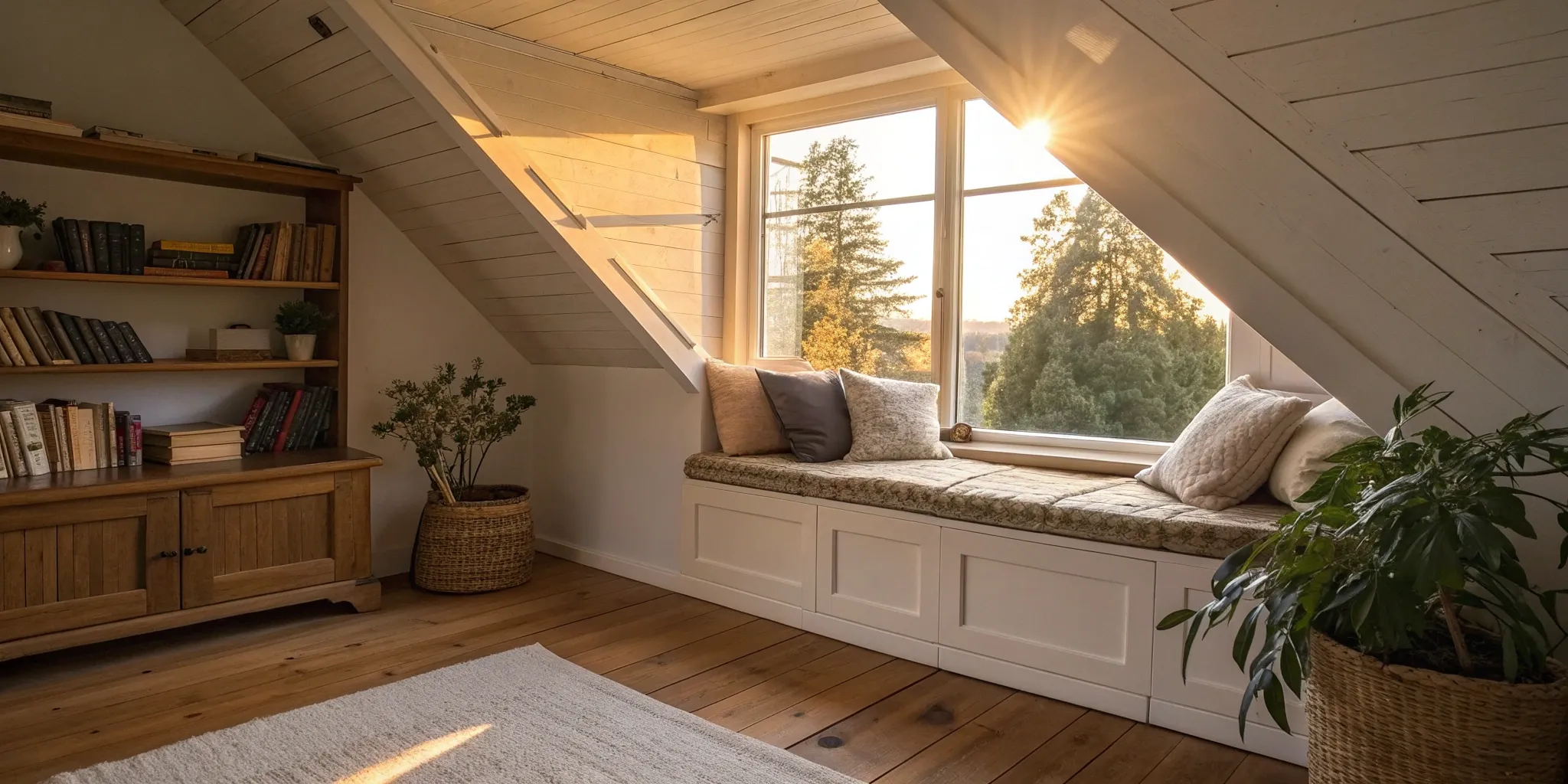
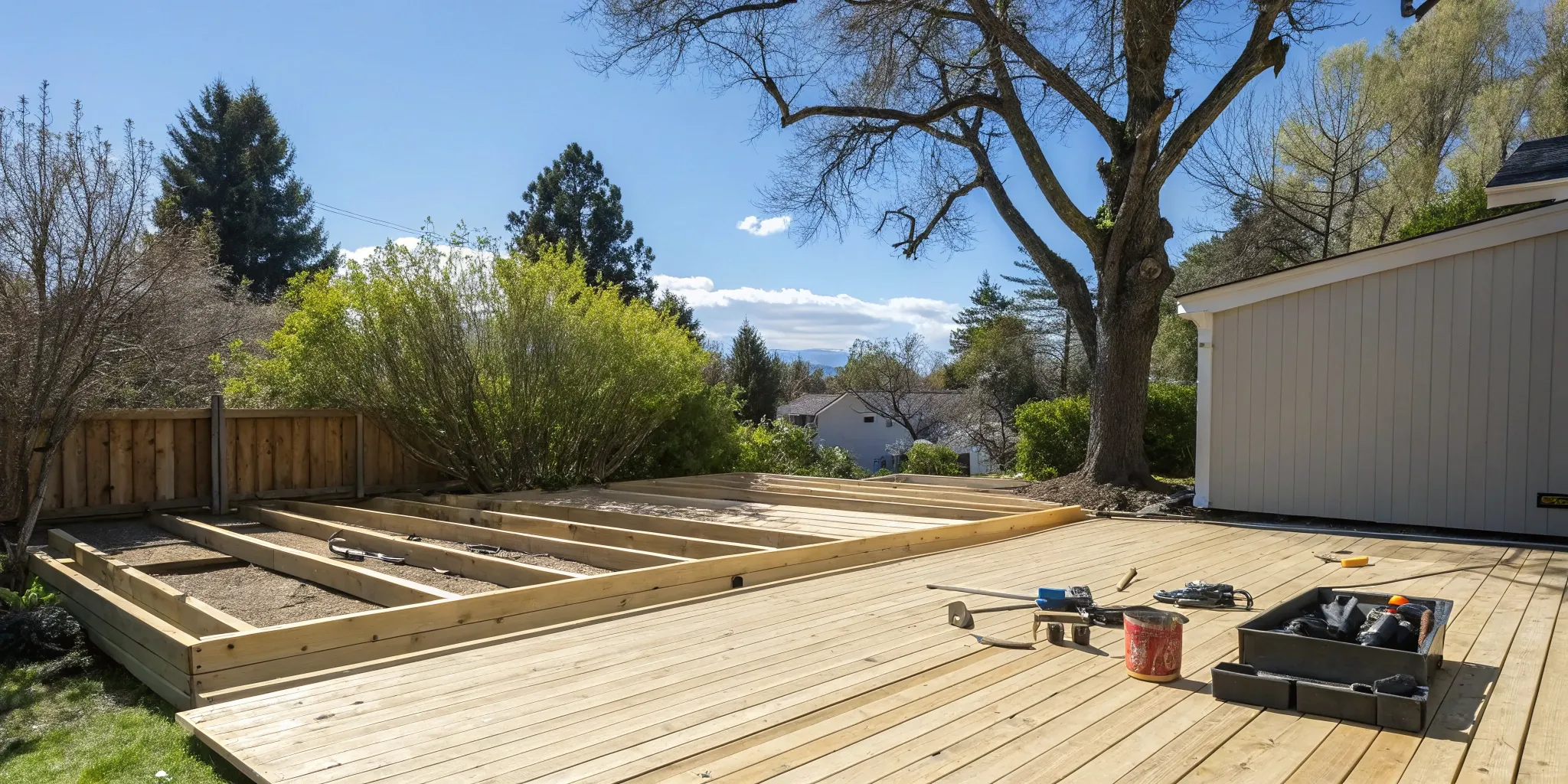

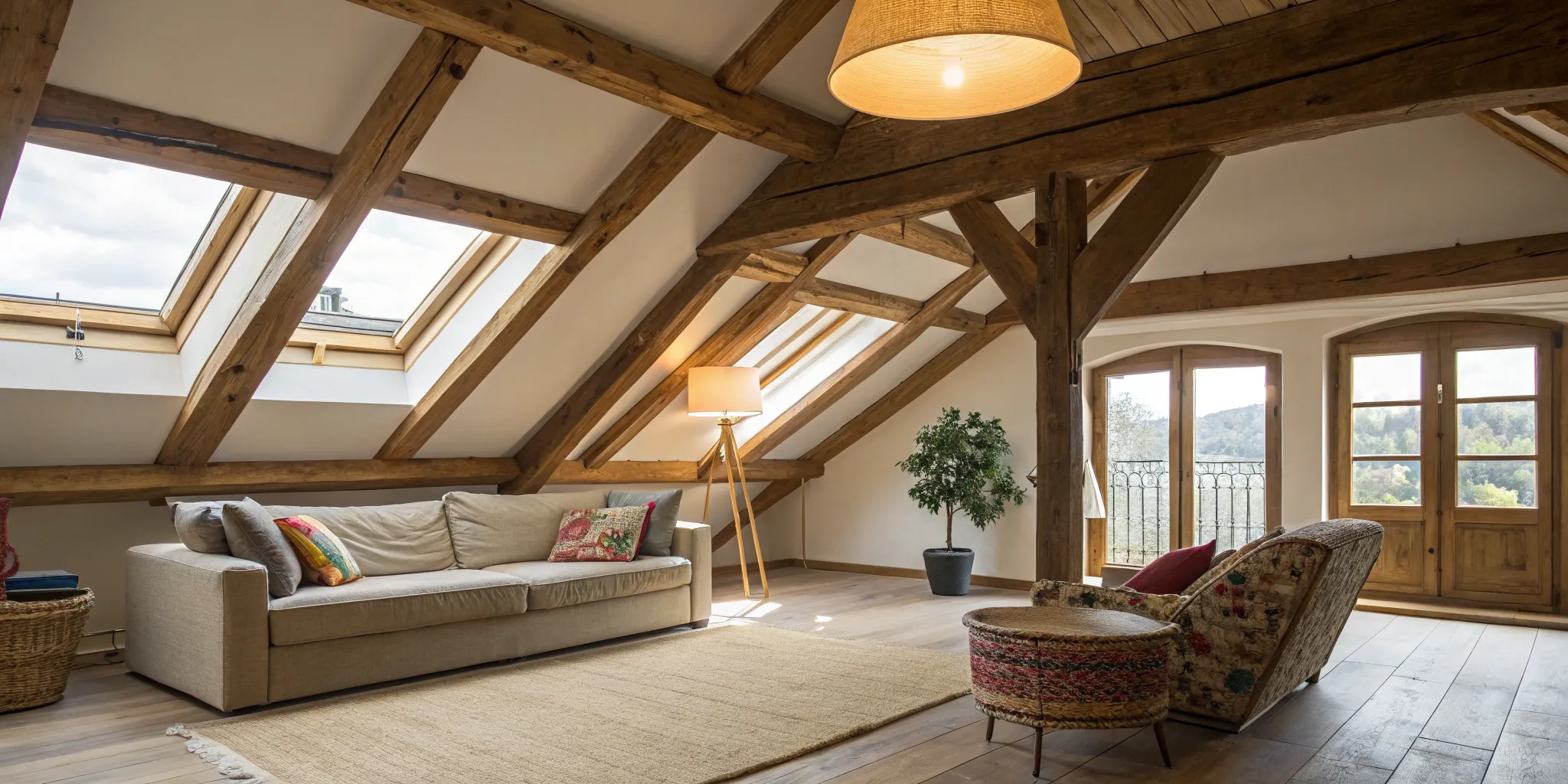



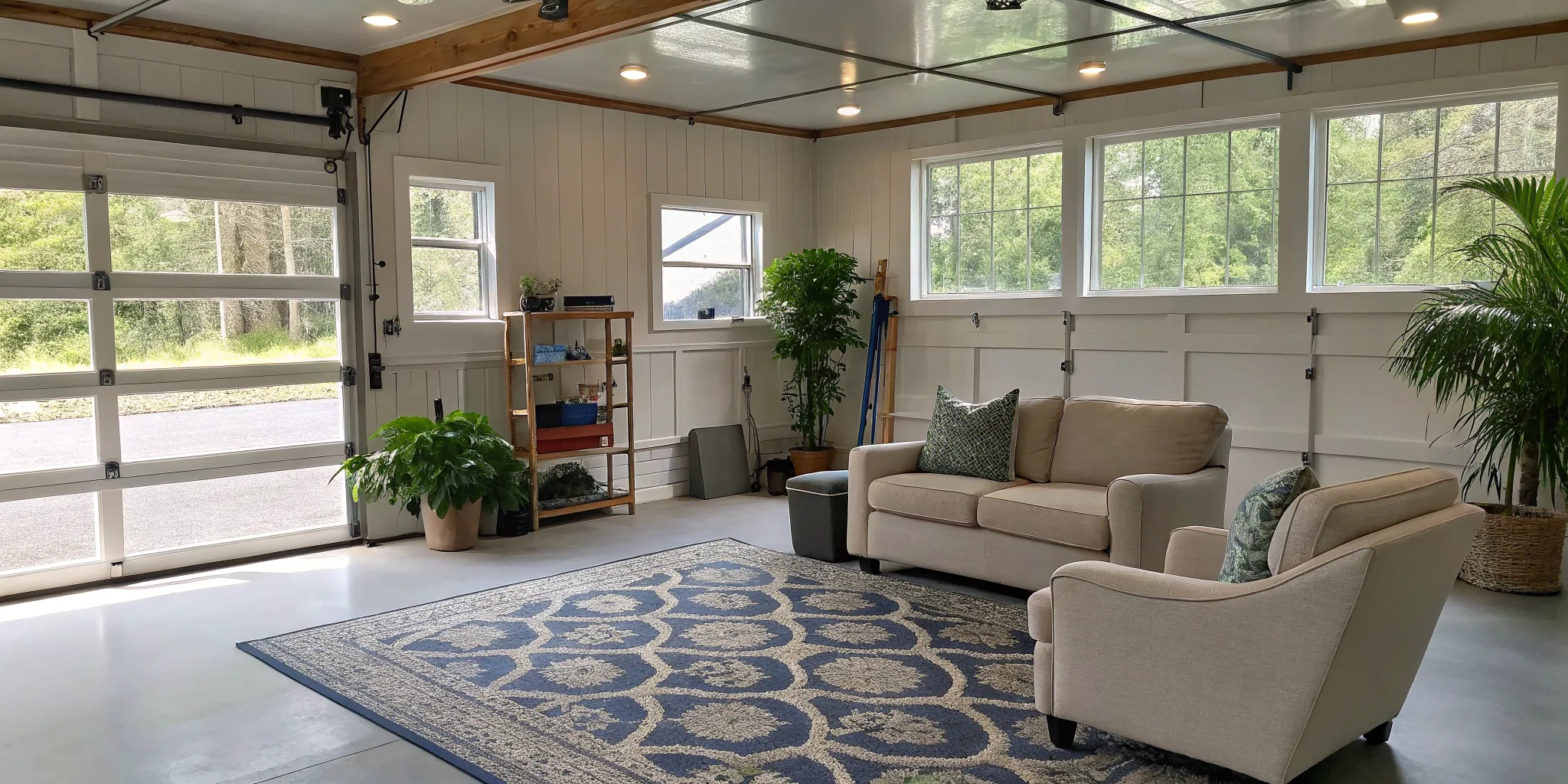
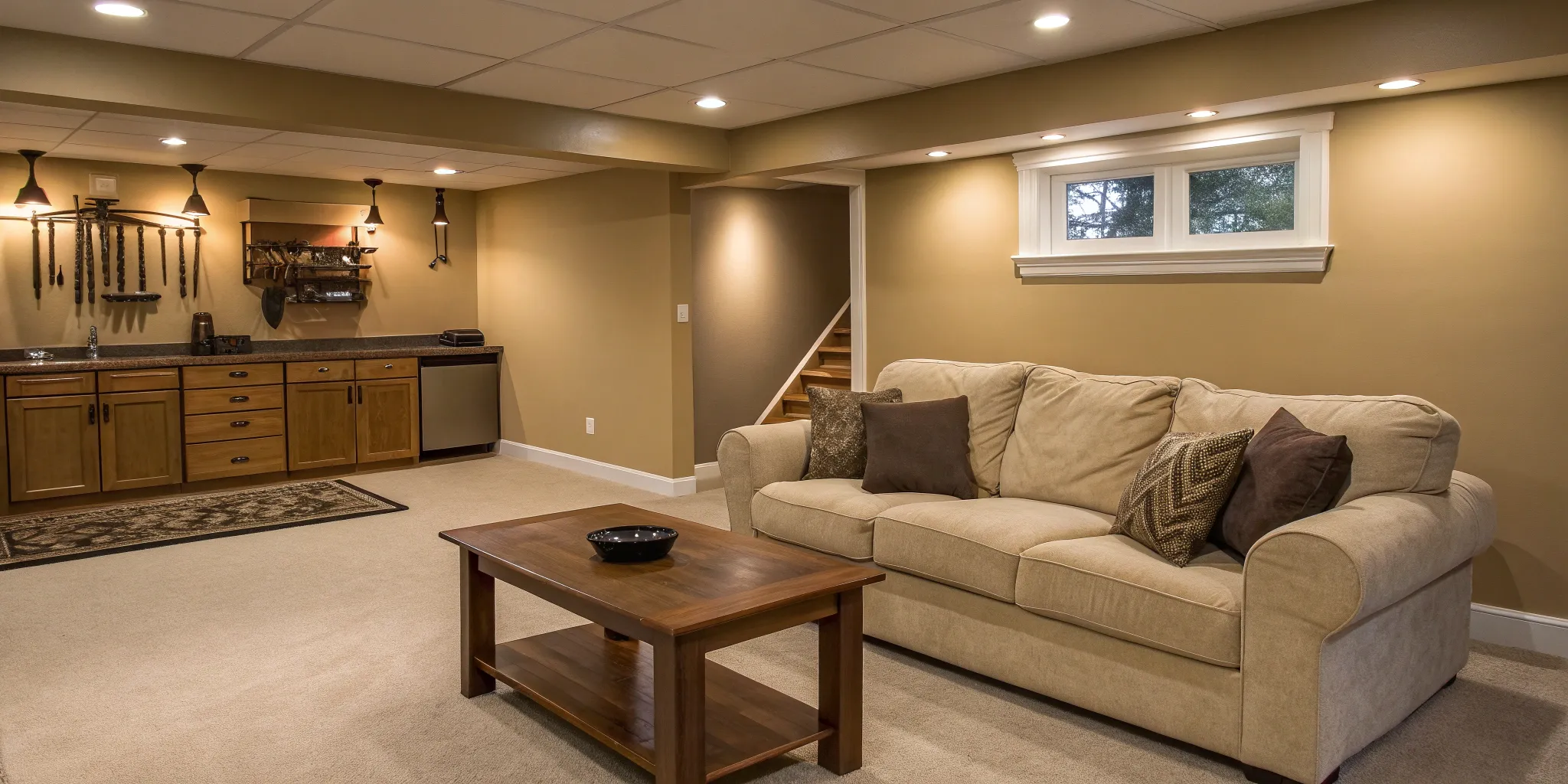



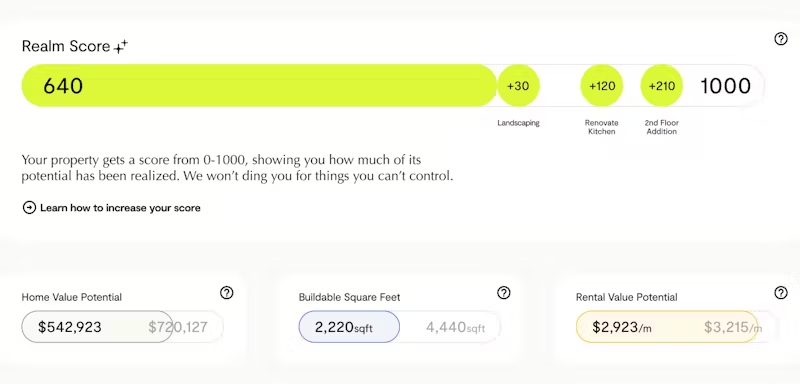
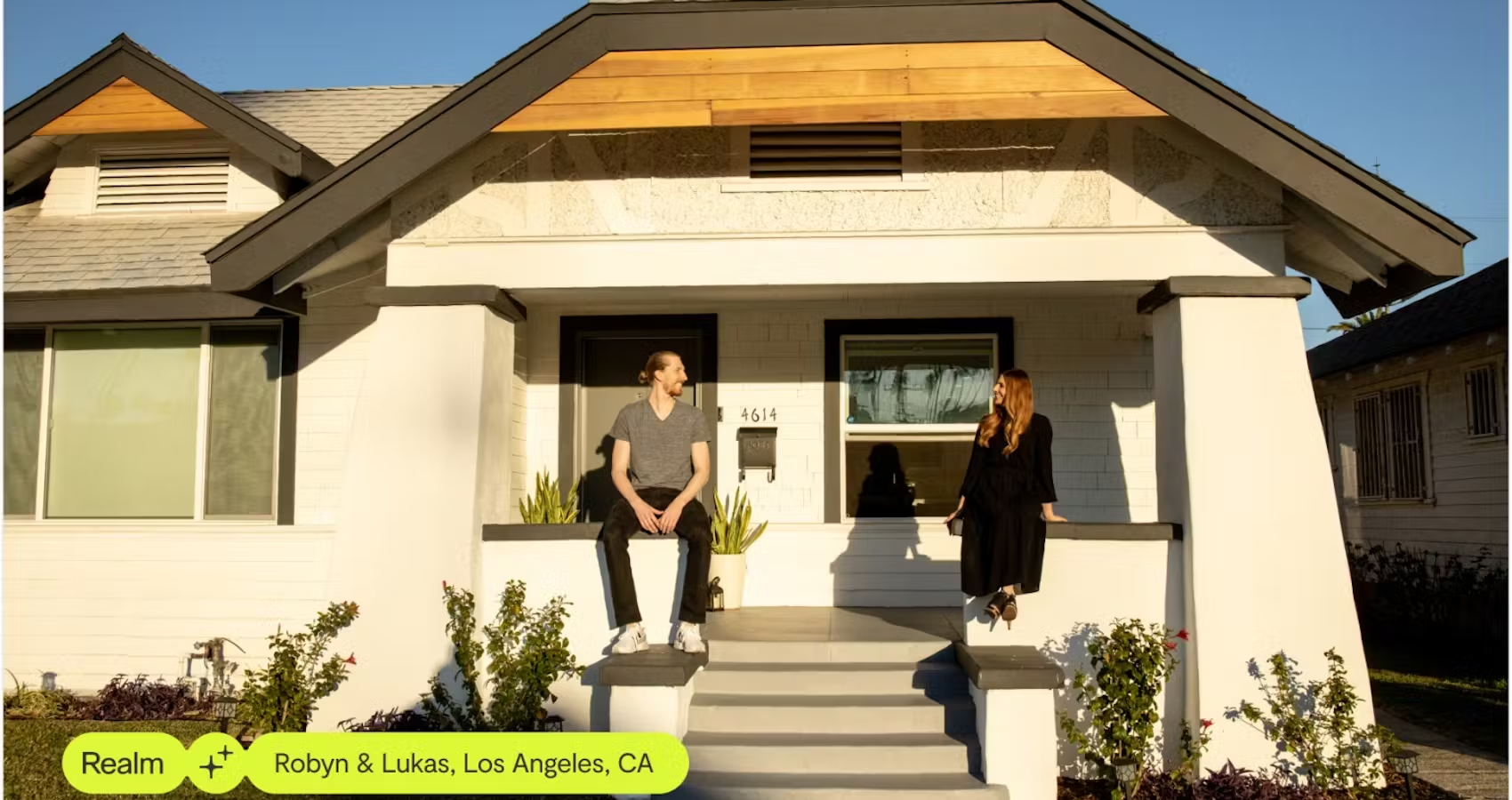
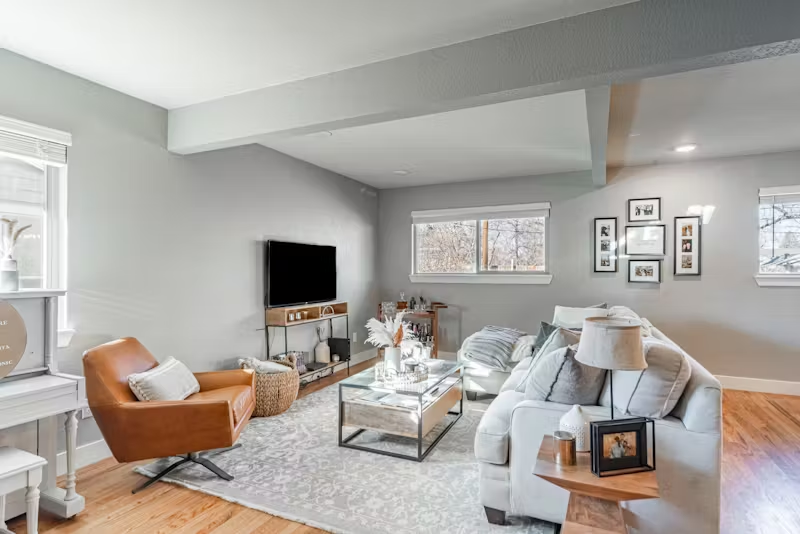
.avif)



